Equipment
A Q&A with Seven Dreamers about its $1,200 shafts
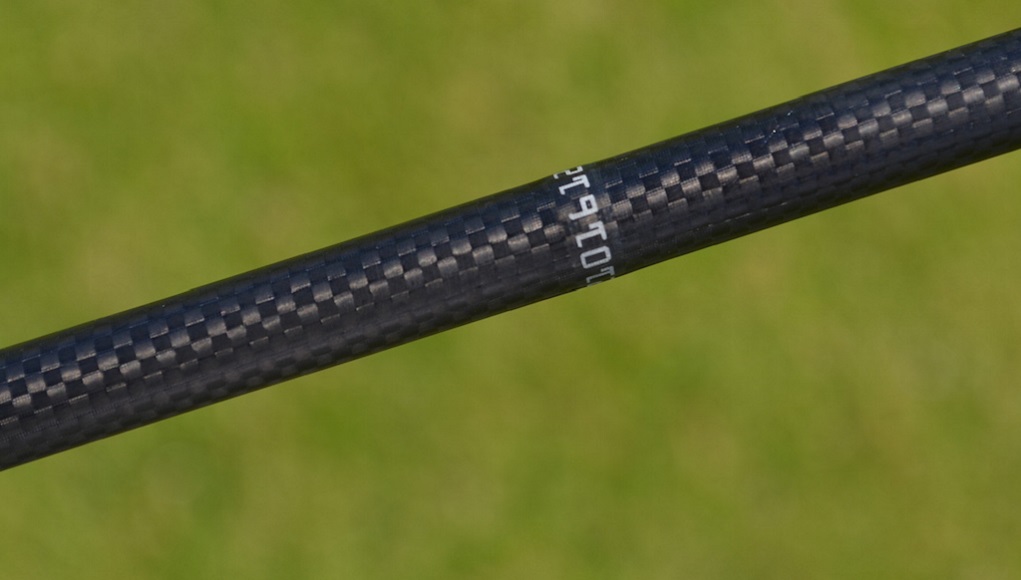
We spotted Seven Dreamers at Demo Day at the PGA Show last year and were impressed by GolfWRX member chiromikey’s fitting experience in Japan. With the company expanding to the U.S. market, we wanted to dig a little deeper.
The Japanese company says that once you demo one of the its $1,200 shafts, you’ll see and feel its superiority to your current gamer. Fortunately for those interested, you’ll soon be able to do so at select fitters and green grass locations in the U.S.
Seven Dreamers is rooted in the aerospace industry. An interesting note: In 1998, the company was involved in the development of Japan’s “Hayabusa” spacecraft, the first and only unmanned craft to land on an asteroid and return to earth with a sample from the surface. The shafts are made in Tokyo by a team of craftsmen and scientists who collaborate to custom build each shaft. A point of differentiation: Seven Dreamers uses an autoclave pressure chamber in its manufacturing process. Other manufacturers cure their shafts in ovens. The company says this process produces superior quality carbon fibers, reduced resin, and eliminated the need for grinding, polishing, or painting.
For the U.S. and Canadian market, the company offers 33 different bend profiles, identified from thousands of fittings.
We spoke with Mike Rossi, Vice President of Sales and Marketing at Seven Dreamers.
GolfWRX: Tell us a little bit about the history of the company, as our readers likely aren’t too familiar with Seven Dreamers.
Mike Rossi: The company started back in 1957 under the name Super Resin. At that time they were into fiber-reinforced plastics…as time moved on, they got into composites (composite design, composite products). That led into aerospace involvement. So, there’s always been a precision, high-end focus. If you fast-forward to today, the company has three divisions. They launched the golf division in Japan in 2014. There’s also a medical division, which designed a disposable sleep apnea device…that’s been on sale in Europe and Japan for the past couple of years and is under FDA review here. And then there’s a third division: electronics…they’ve developed and patented the only fully automatic laundry folding robot.
The name came from…the chairman at the time, he envisioned seven centers of excellence throughout the world.
GolfWRX: Why a golf shaft?
MR: The company wants to leverage its expertise in composite material. They’re using a variety of specialty materials…the quality of which is fit for satellites. The premium-grade materials required prompted the interest in golf.
GolfWRX: What sets Seven Dreamers apart?
MR: What really sets us apart is the process. Every shaft is made on a mandrel, and our mandels are absolutely pristine. The material is placed by hand on the mandrel. It’s then inserted into a mold. Then we autoclave cure it. The beauty of autoclave curing is it’s done under pressure…which gives us outstanding compaction. It squeezes out all the unnecessary resin, so we get an optimal ratio of carbon fiber to resin, which improves both feel and energy transfer in the shaft. But the best part of the process is, once we remove the shaft from the mold, we literally trim it to length and wipe it down. The surface condition is perfect. So, we have no unbroken fibers. We have no fiber tears. We have no fiber bullets. All that contributes to incongruities and inconsistencies in the shaft.
Virtually every other manufacturer, they put their material on the mandrel, and then they use shrink tape. Then the shrink tape is removed after curing, and you’ve got the inconsistencies–the rough edges of the tape–so then everybody else grinds the profile. I’m not saying that’s a terrible way to do it, but I’m saying I believe our way is better, and there’s no one else that’s doing it the way we do.
GolfWRX: Talk a little bit about the company’s positioning in the shaft market…
MR: Our company decided we wanted to focus on the ultra-high-end. What they did in Japan to start out, they went out and obtained several hundred clubs that were on the market–primarily driver heads. They measured the inertial properties and the physical properties of all these heads just to understand how they performed, then they worked to develop shafts that were optimized for certain heads.
This really morphed into two what I’ll call “studios” in Tokyo where consumers can come in and hit balls on the simulator and try different shafts. The one they like best, whether it’s their gamer or ours, we place sensors on the shaft. Using our proprietary 3D system, we then measure their particular loading and how they deliver the clubhead…how the shaft performs during the swing. Then all those measurements are recorded, and we design them a shaft 100 percent custom. The process takes three to four weeks. It’s designed for the golfer and the particular head he chooses to play. So, it’s truly custom.
We’ve done thousands of those over the past few years, and the ticket on that is $2,500. So yes, it’s premium. It’s high-end. We believe the premium end is the last frontier in the golf space. We’re not trying to sell to everybody. We’re trying to identify high-end fitters. We’re looking at aspirational clientele who wants the best, highest-quality stuff out there.
GolfWRX: Tell us about the range of shafts…
MR: We go from the mid-to-low 40s in weight all the way up to the 80s with three different bend profiles, which are basically low-, mid-, and high-launch. Our U.S. product offering will contain 28 driver shafts to start. We have iron shafts in development, hybrid shafts too, which we’ll be adding. Our wood shaft’s MSRP is $1,200. Our main objective with the launch is to be able to fit a wide range of players: from amateurs to tour professionals.
GolfWRX: What can you tell us about any comparison testing you’ve done?
MR: As odd as this sounds, we don’t compare to existing shafts in the marketplace. Our history and experience is based on our analysis and the fittings we’ve done with players at all levels, and we’ve seen appreciable gains and improvements both in distance and dispersion. But we’re not out there to denigrate any of our competitors. That’s not what we’re about.
Back to the decision to enter the ultra-premium space more about a market opportunity or did it necessarily follow from the sophistication of the manufacturing process and materials?
It’s a combination of both. Certainly, we saw that niche. But with our costs and our structure, we’re not a commodity supplier…we selected a niche where we can succeed. So it’s high-end fitters and high-end facilities, but we’re also seeking OEM partners that want to enter that ultra-premium space.
GolfWRX: Are there any thoughts toward a presence on Tour?
MR: We will have a face of the brand. It will be a recognized, credible player. A proper driver of the golf ball…that search is underway, but we’re not going to do it the way it’s currently being done [tour van, large professional staff].
- LIKE34
- LEGIT1
- WOW5
- LOL3
- IDHT0
- FLOP0
- OB1
- SHANK22
Whats in the Bag
Daniel Berger WITB 2024 (April)
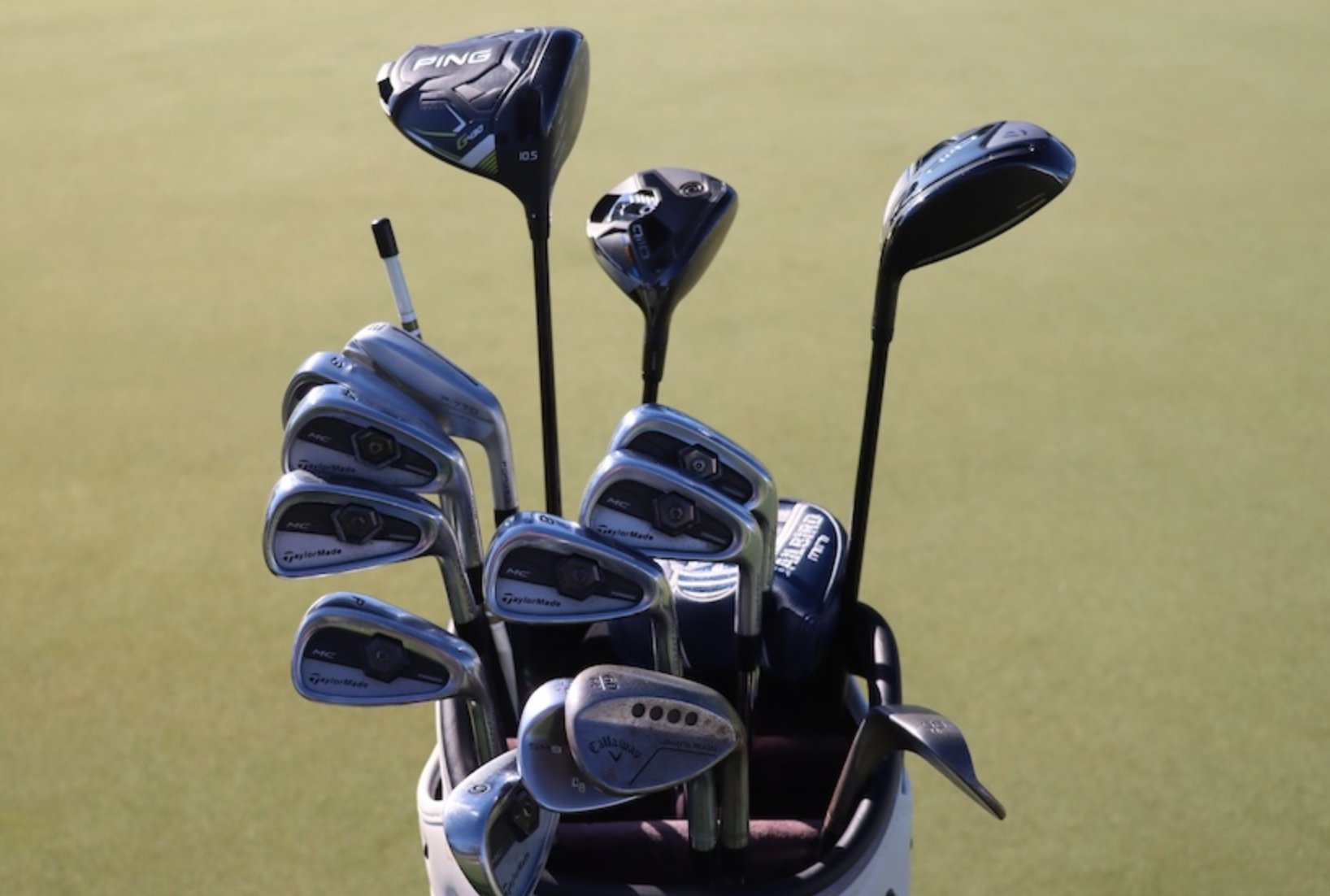
- Daniel Berger what’s in the bag accurate as of the Farmers Insurance Open. More photos from the event here.
Driver: Ping G430 LST (10.5 degrees)
Shaft: Fujikura Ventus Black 6 X
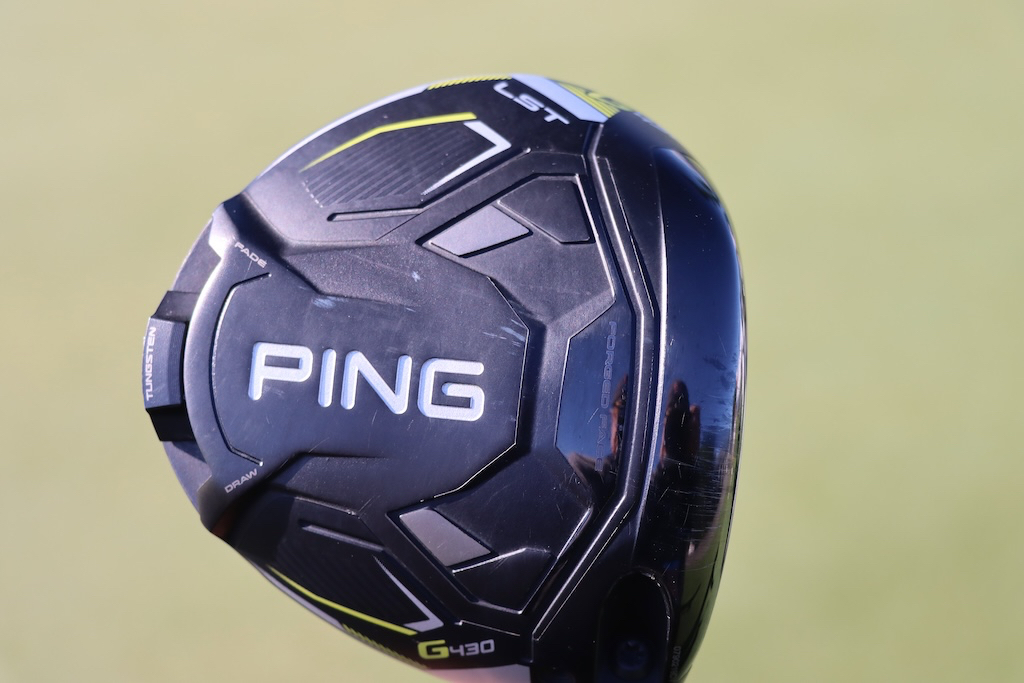
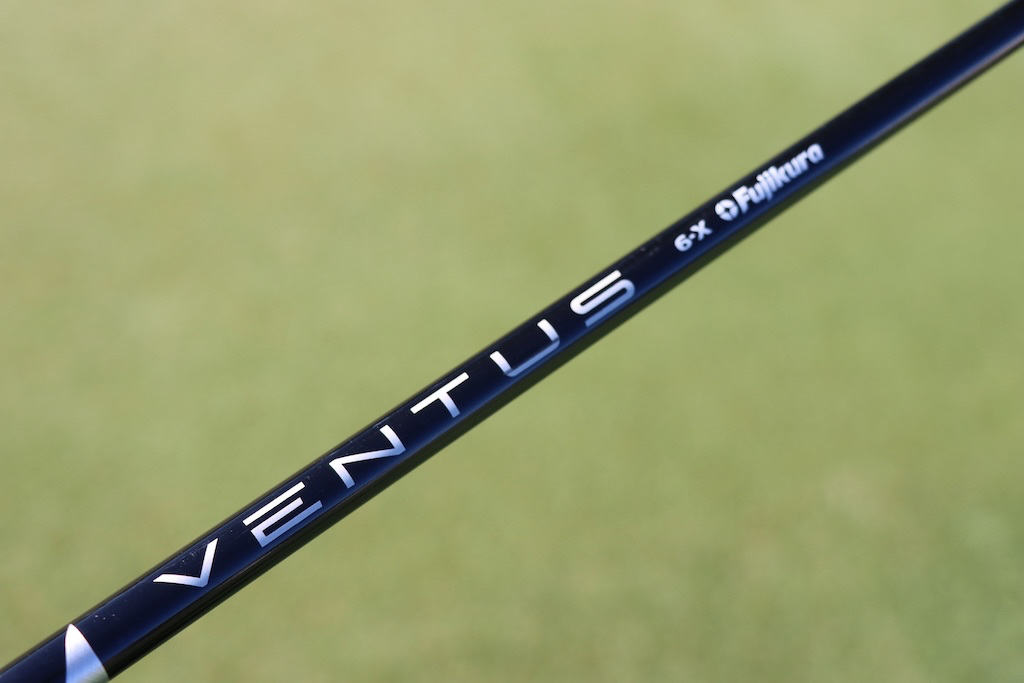
3-wood: TaylorMade Qi10 (15 degrees)
Shaft: Fujikura Ventus Black 7 X
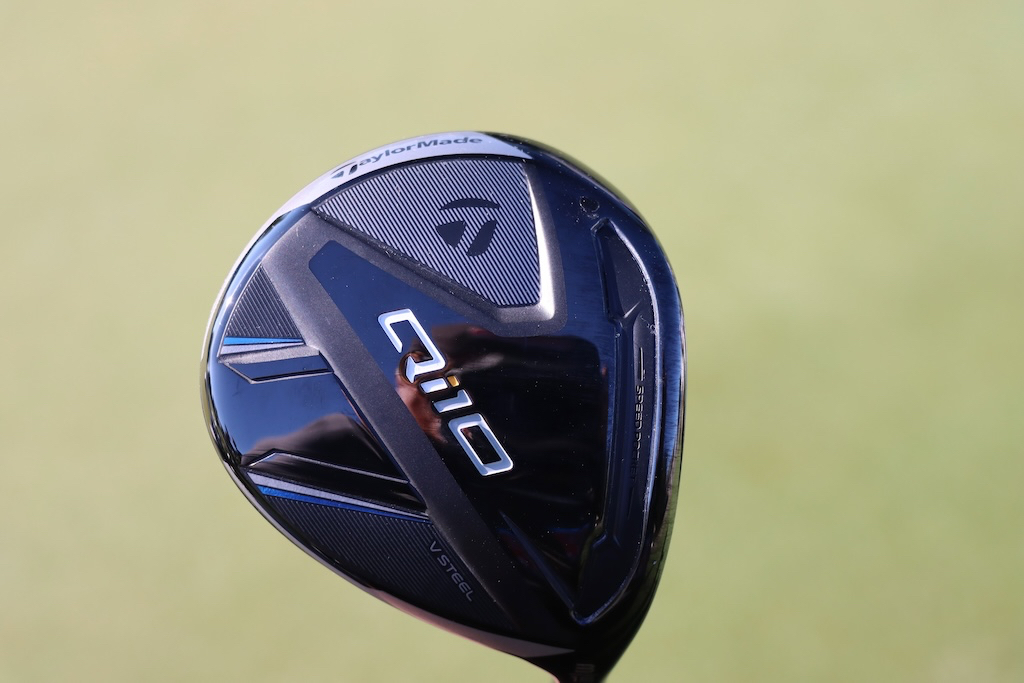
6-wood: TaylorMade Qi10 Tour (21 degrees)
Shaft: Fujikura Ventus Black 8 X
Irons: TaylorMade P770 (3), TaylorMade Tour Preferred MC 2011 (4-PW)
Shafts: Project X Denali Blue 105 TX (3), Project X 6.5 (4-PW)
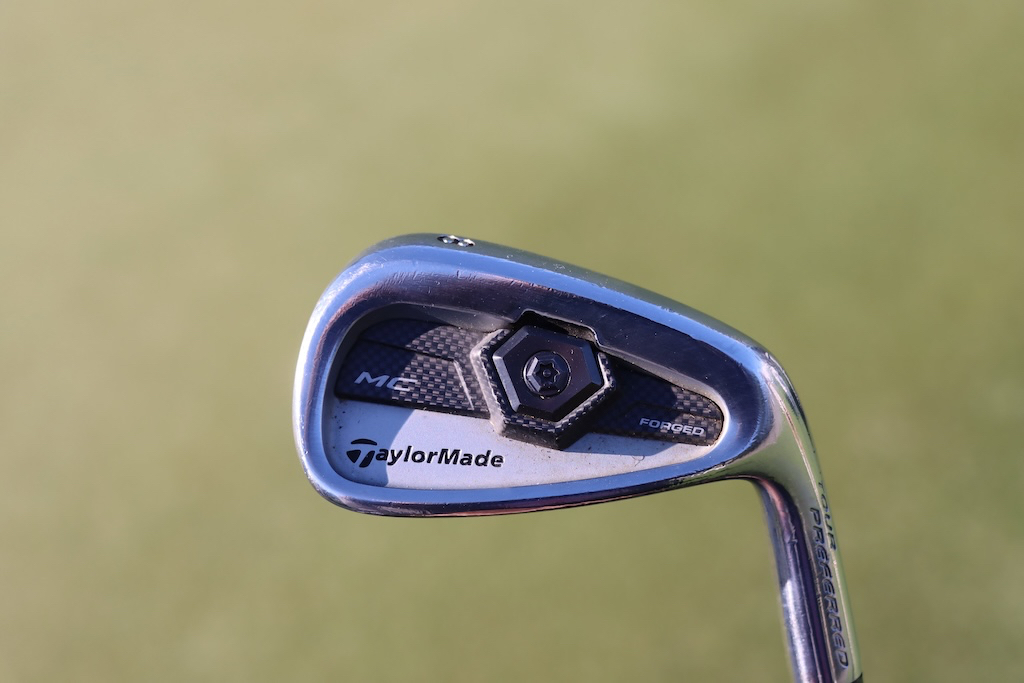

Wedges: Titleist Vokey Design SM9 (50-12F), Titleist Vokey Design SM10 (56-14F), Callaway Jaws Raw (60-08C)
Shafts: Project X 6.5 (50), True Temper Dynamic Gold Tour Issue S400 (56, 60)
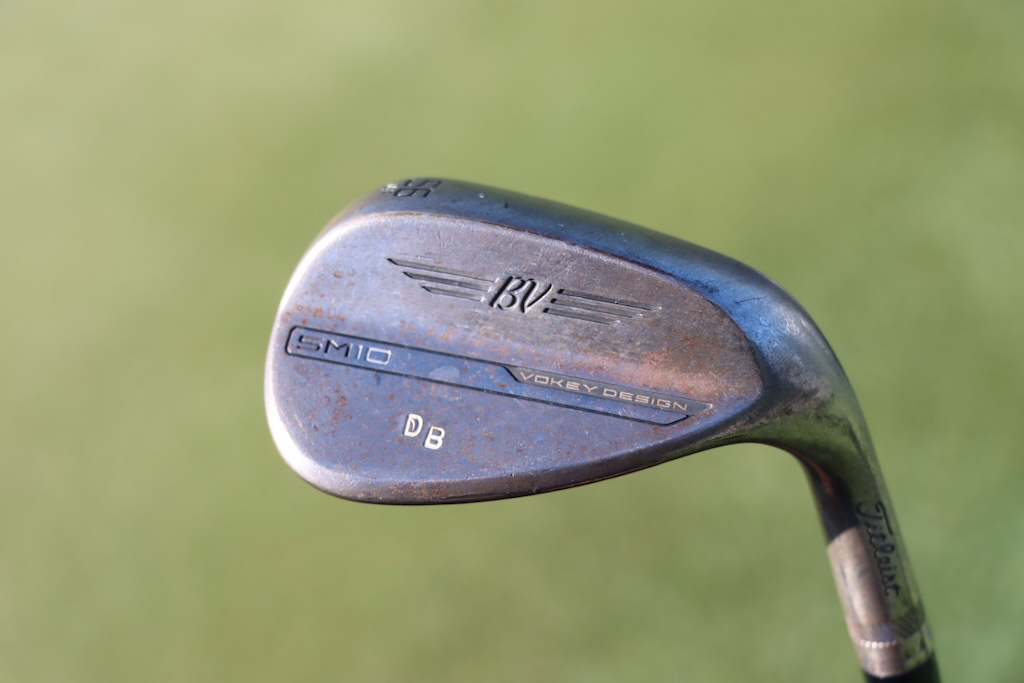
Putter: Odyssey Ai-One Jailbird Mini DB
Grip: SuperStroke Zenergy PistolLock 1.0
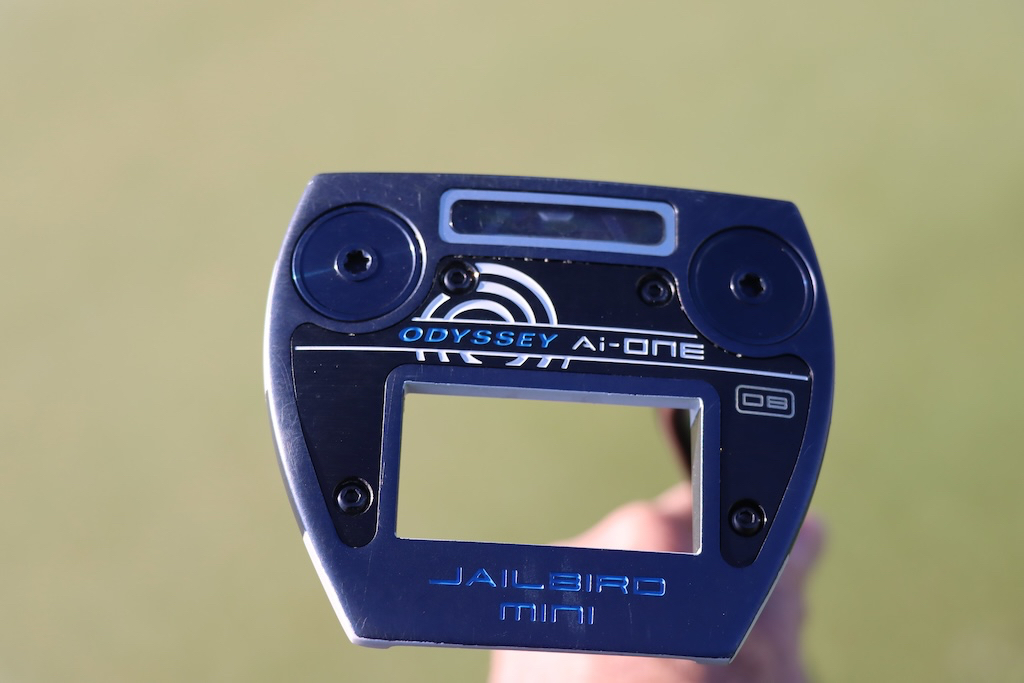

Grips: Golf Pride Tour Wrap
Ball: Titleist Pro V1
Check out more in-hand photos of Daniel Berger’s clubs in the forums.
- LIKE3
- LEGIT0
- WOW0
- LOL1
- IDHT0
- FLOP0
- OB1
- SHANK0
Equipment
Heavy Artillery: A look at drivers in play at the Zurich Classic of New Orleans
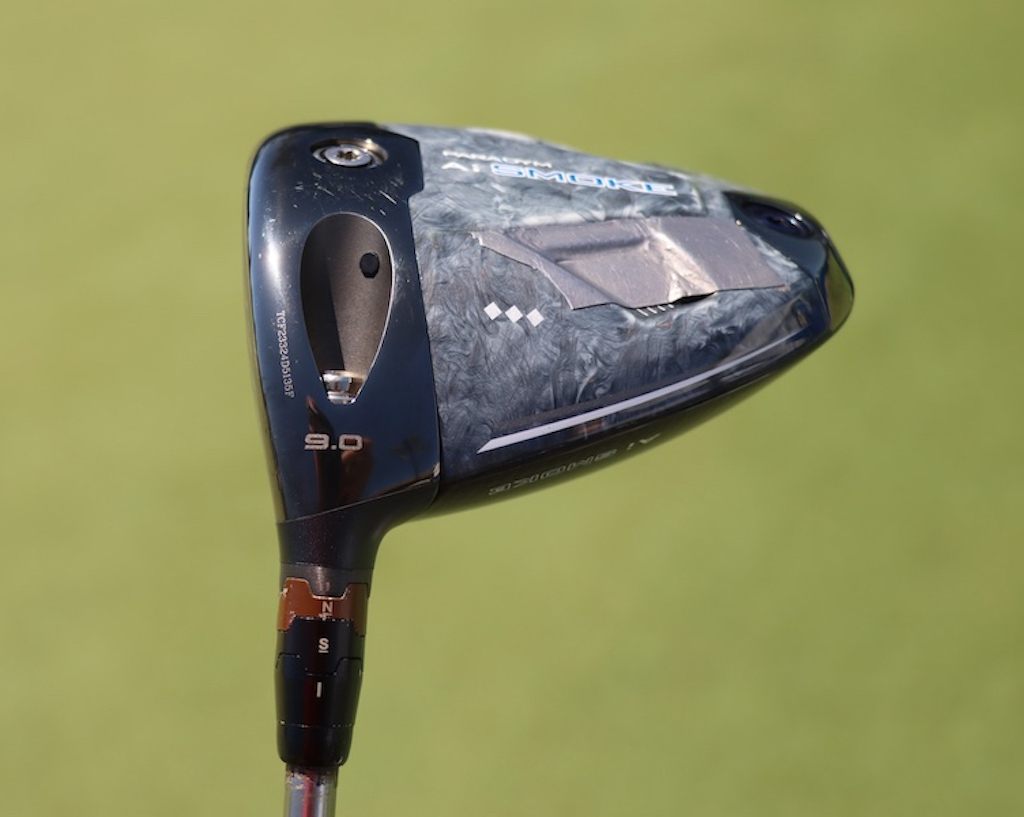
What are the driver and shaft combinations of the best golfers in the world? For gearheads, it’s an endlessly interesting question — even if we can only ever aspire to play LS heads and 7 TX shafts.
At this week’s Zurich Classic of New Orleans, GolfWRX got in-hand looks at the driver setups of a wealth of players.
Check out some of the most interesting combos below, then head to the GolfWRX forums for the rest, as well as the rest of our galleries from New Orleans.
Rory McIlroy
Driver: TaylorMade Qi10 (9 degrees @8.25)
Shaft: Fujikura Ventus Black 6 X
Grip: Golf Pride MCC
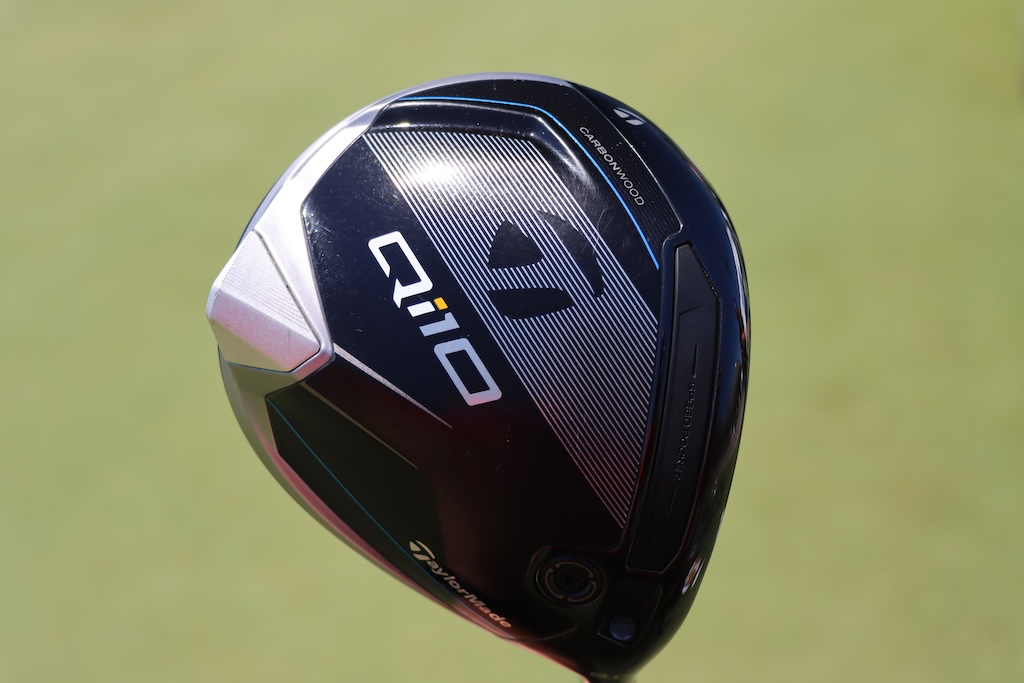
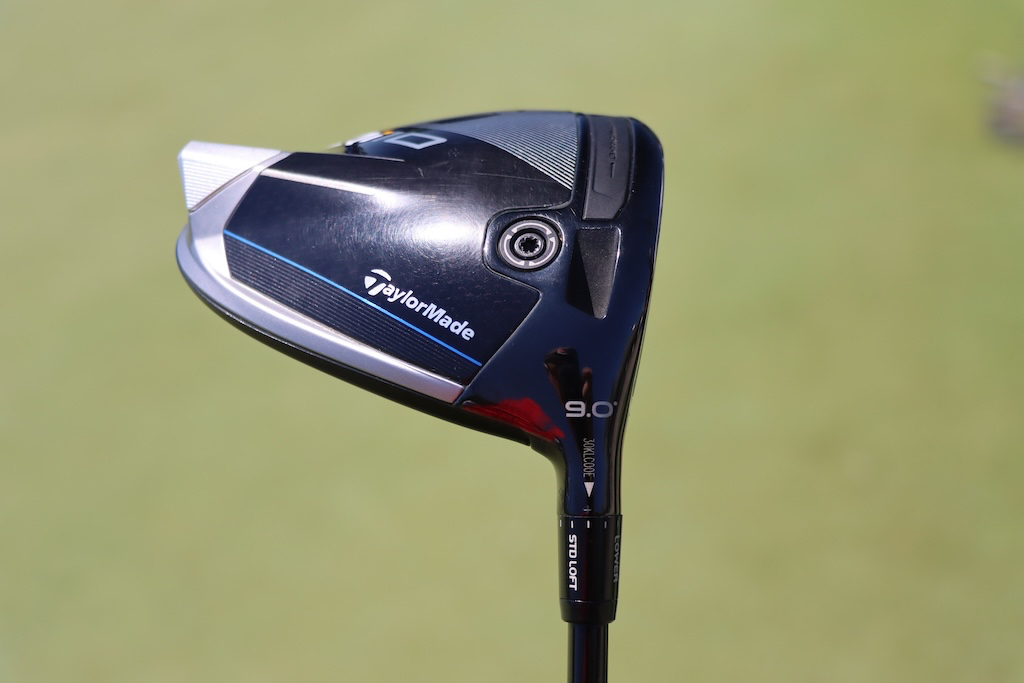
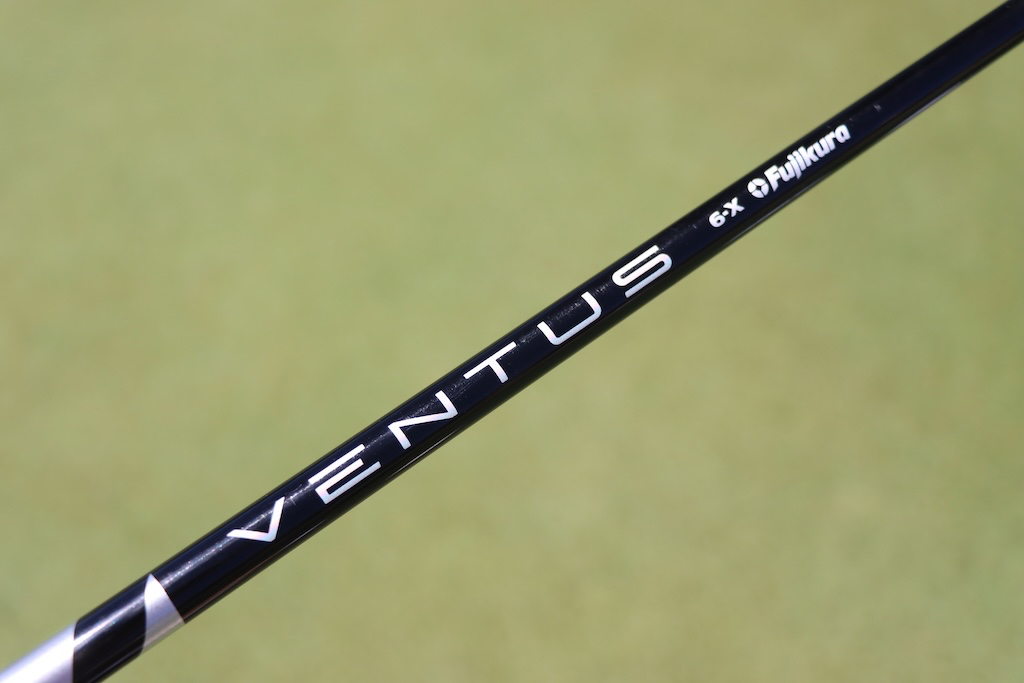

Alex Fitzpatrick
Driver: Ping G430 LST (10.5 degrees)
Shaft: Fujikura Ventus Black 6 X
Grip: Golf Pride MCC
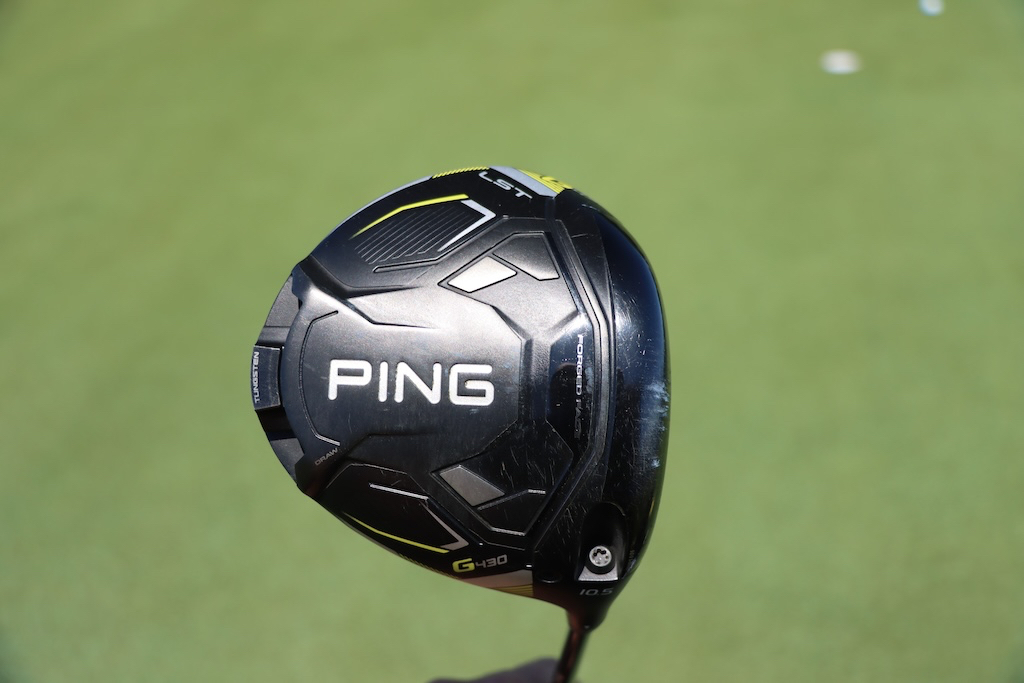
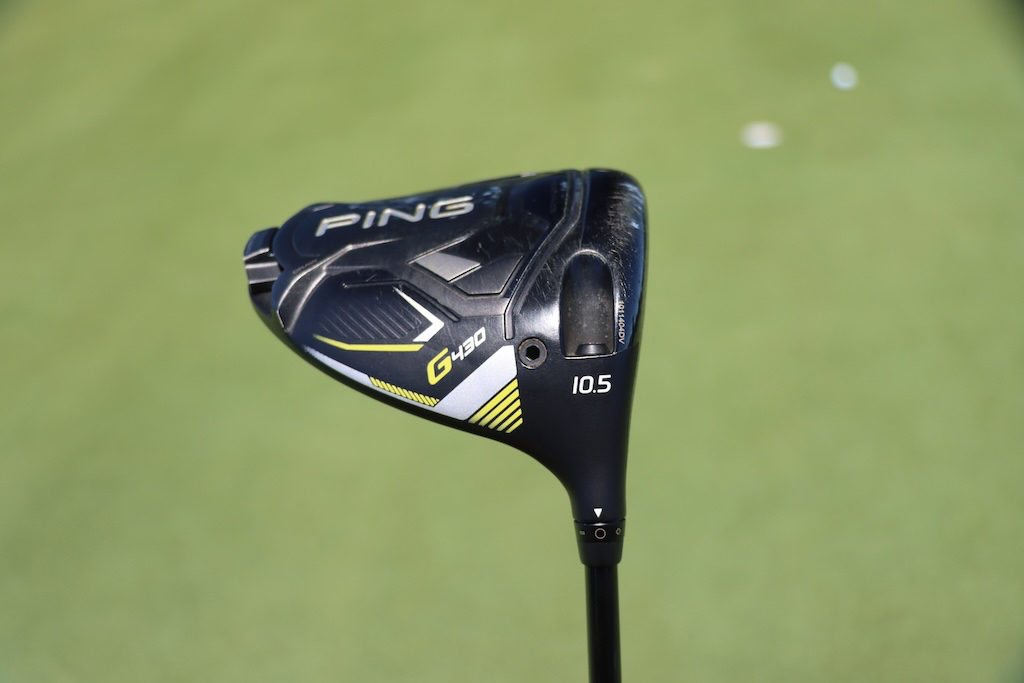

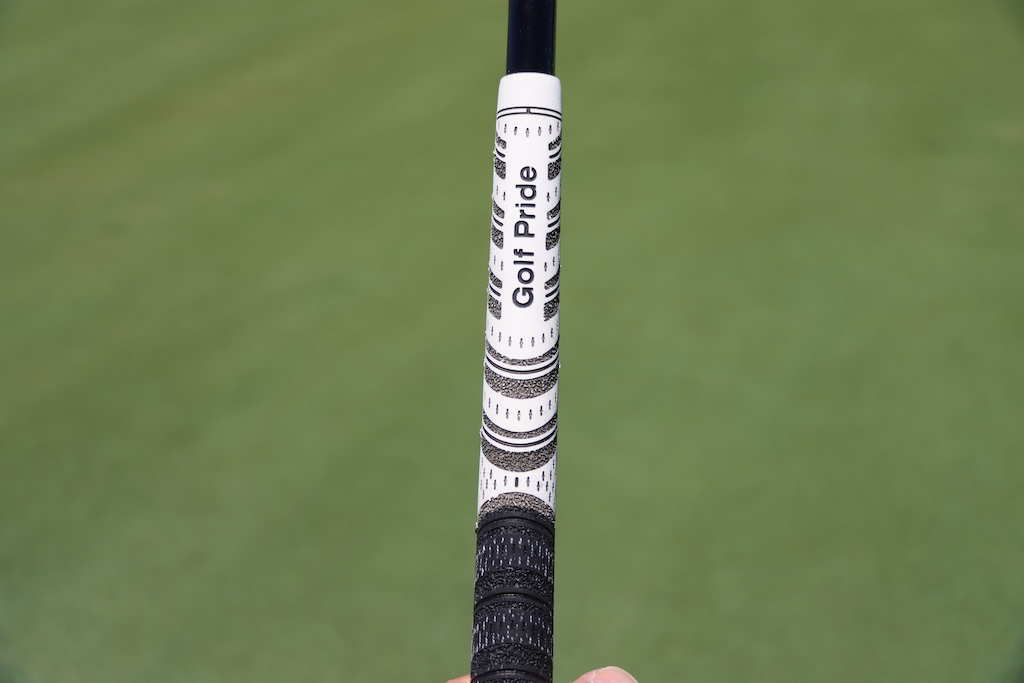
Daniel Berger
Driver: Ping G430 LST (10.5 degrees @9)
Shaft: Fujikura Ventus Black 6 X
Grip: Golf Pride Tour Wrap
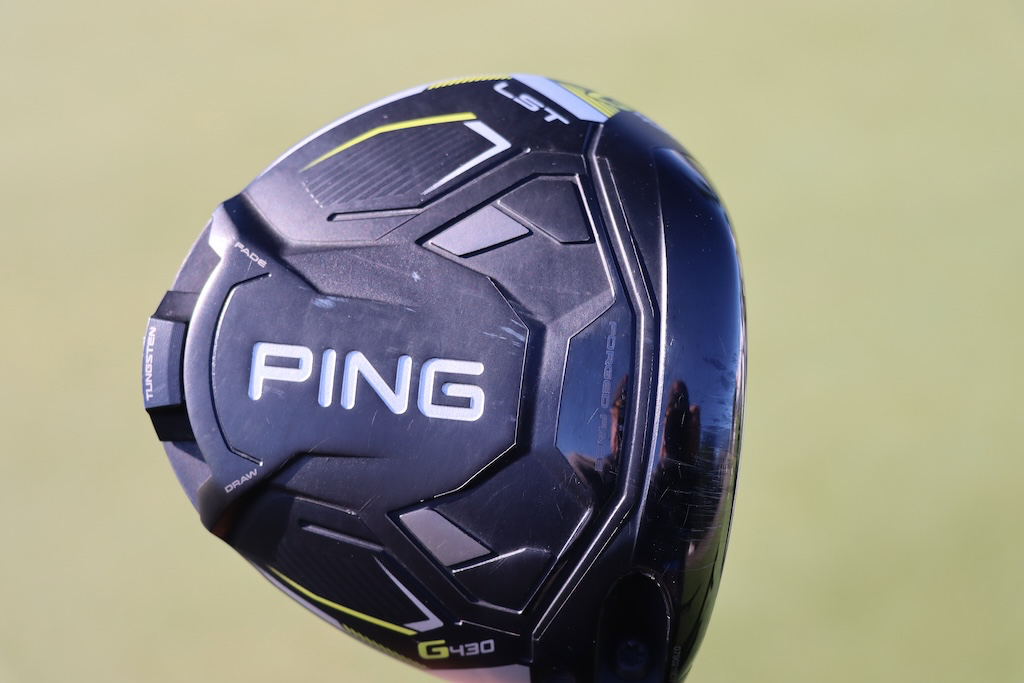
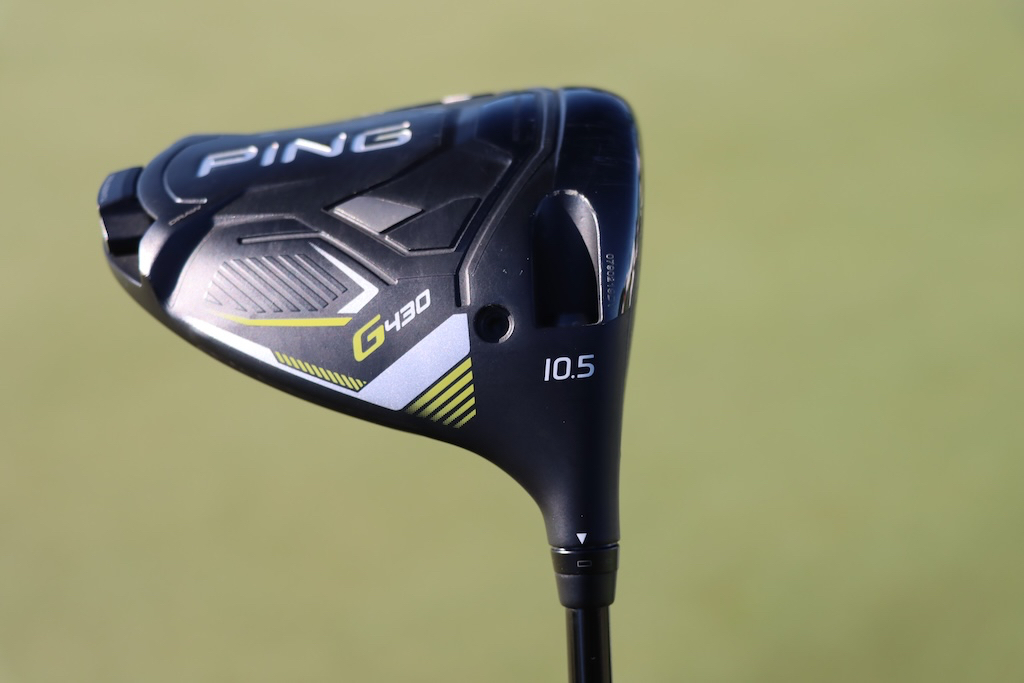
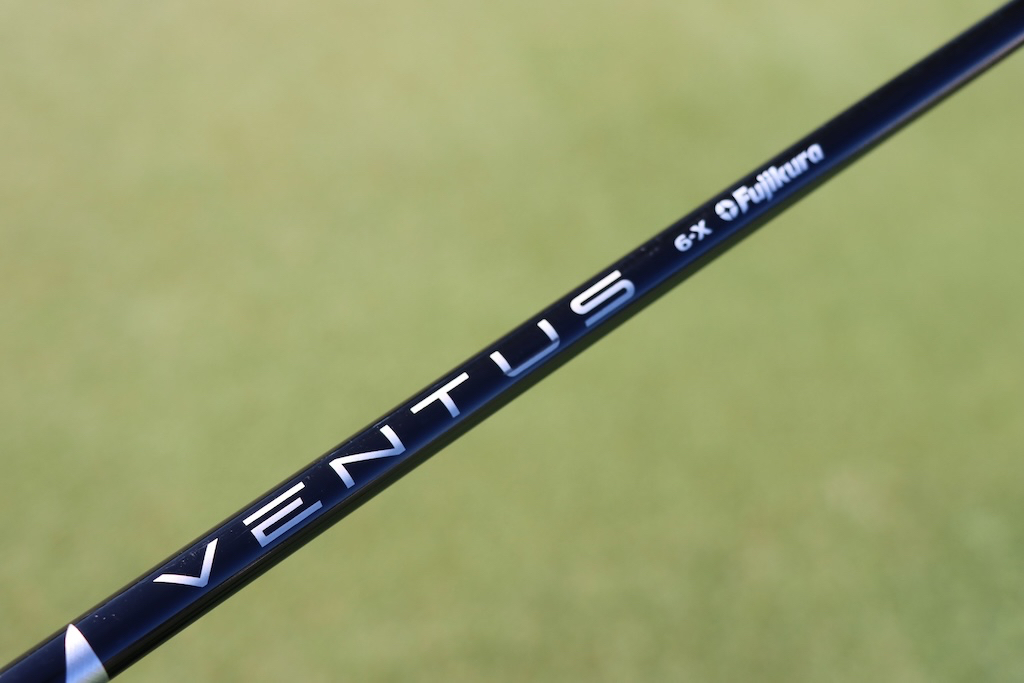
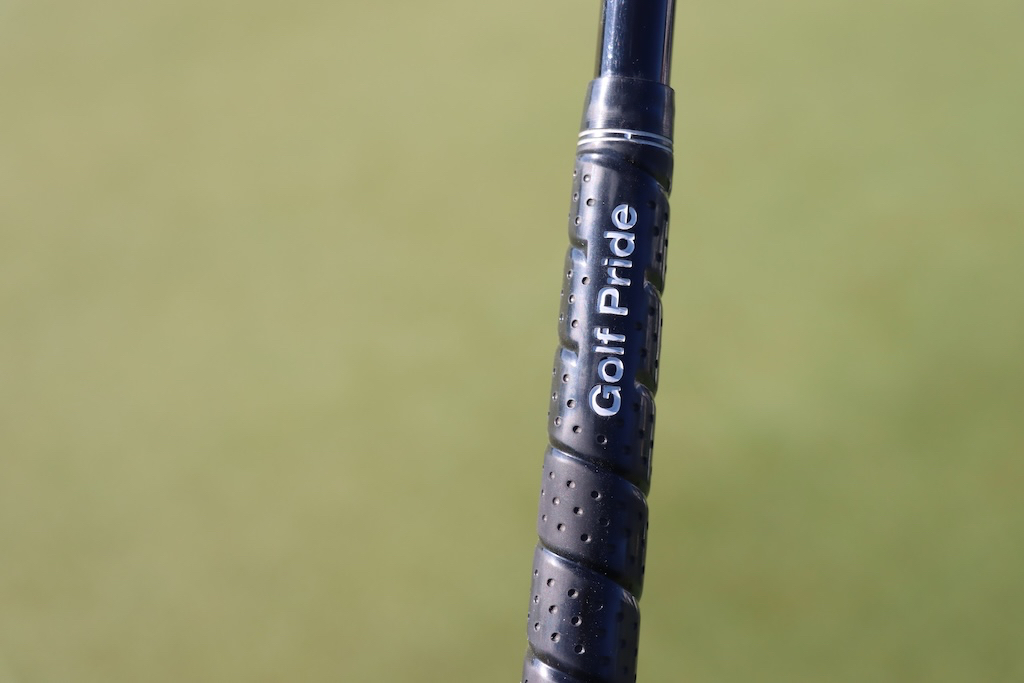
Rasmus Hojgaard
Driver: Callaway Paradym Ai Smoke Triple Diamond (10.5 degrees)
Shaft: Mitsubishi Tensei 1K Blue 60 TX
Grip: Golf Pride MCC
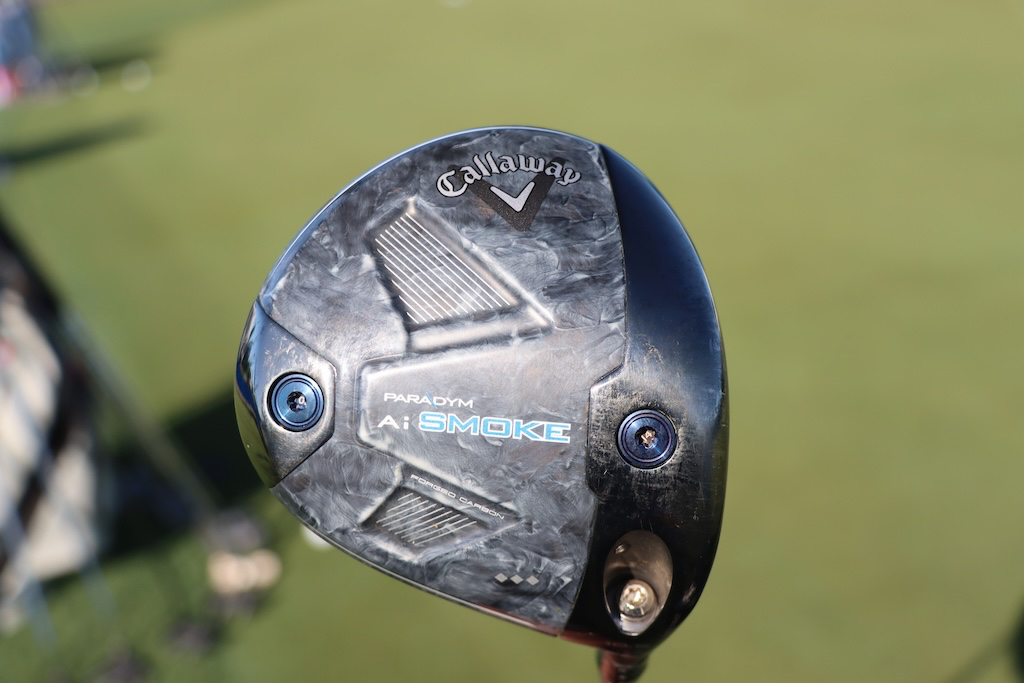
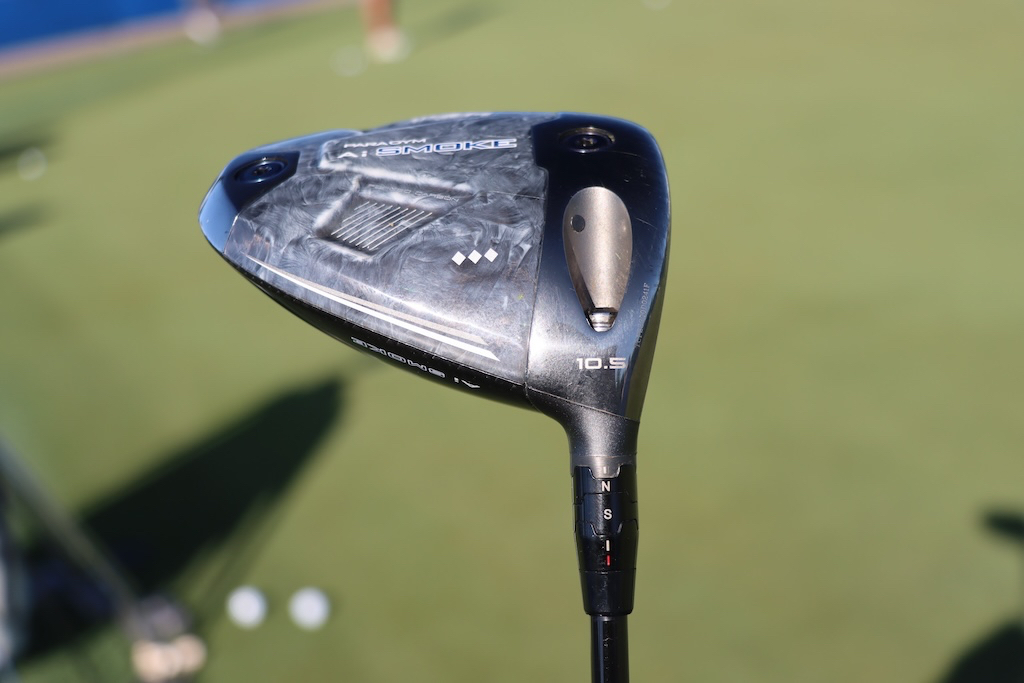
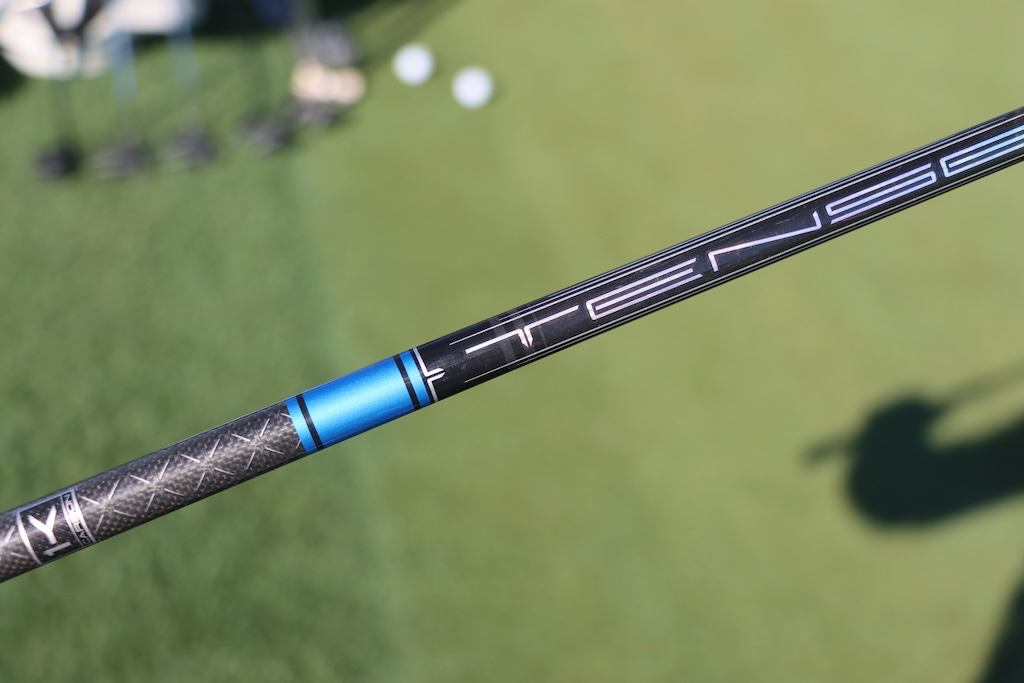
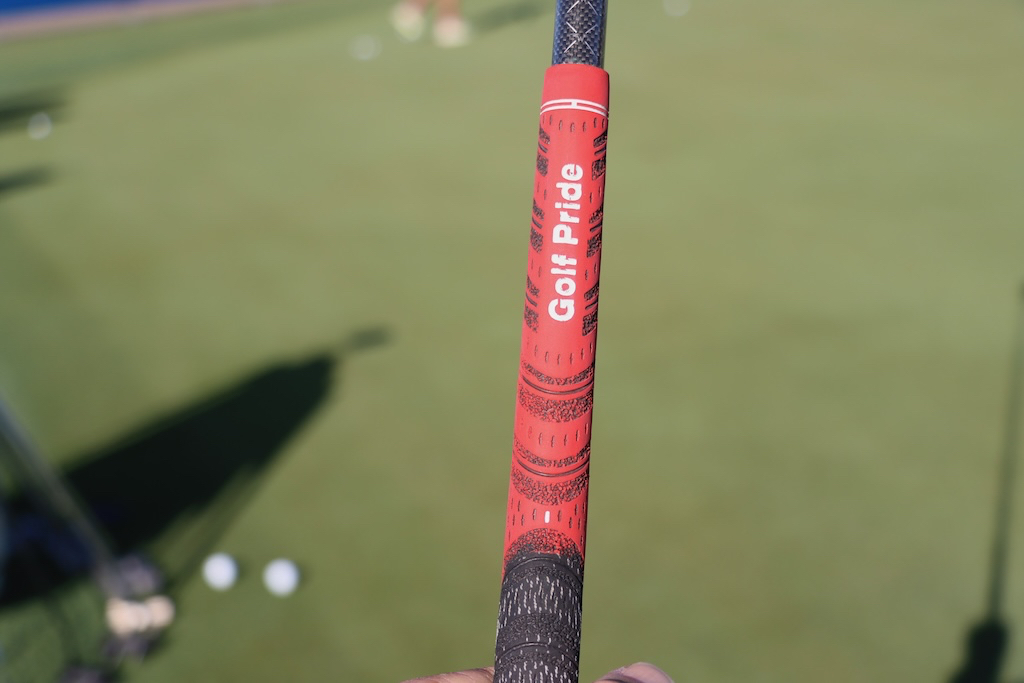
Alejandro Tosti
Driver: Srixon ZX5 Mk II LS (9.5 degrees @10.5)
Shaft: Project X HZRDUS T1100 75 6.5
Grip: Golf Pride MCC Plus4
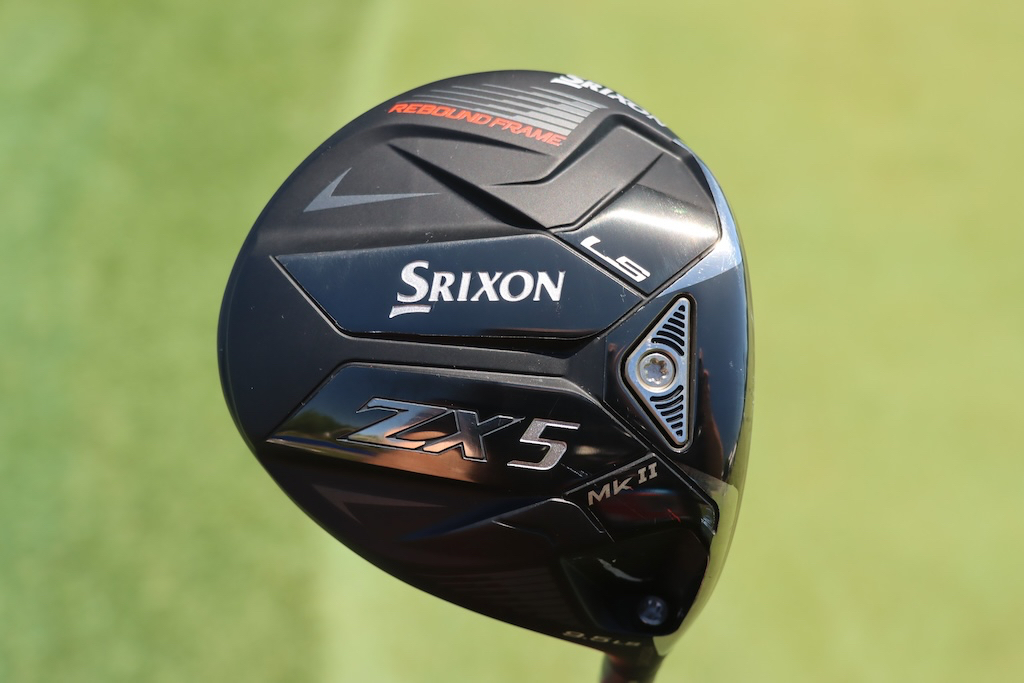

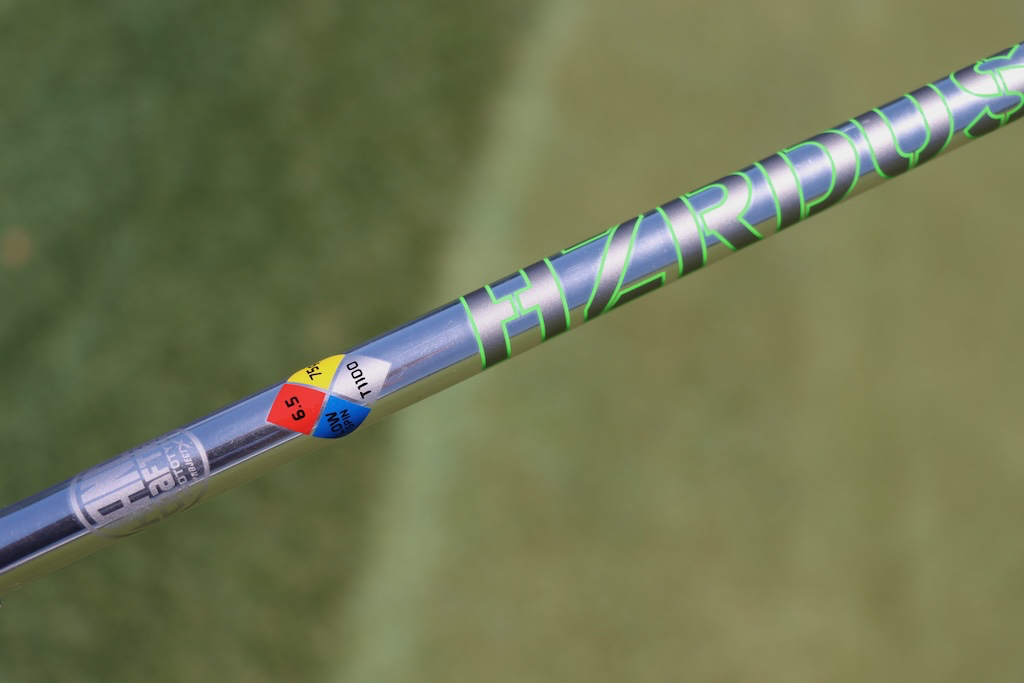

James Nicholas
Driver: Titleist TSR3 (8 degrees, A1 SureFit setting)
Shaft: Fujikura Ventus TR Blue 7 X
Grip: Golf Pride Tour Velvet
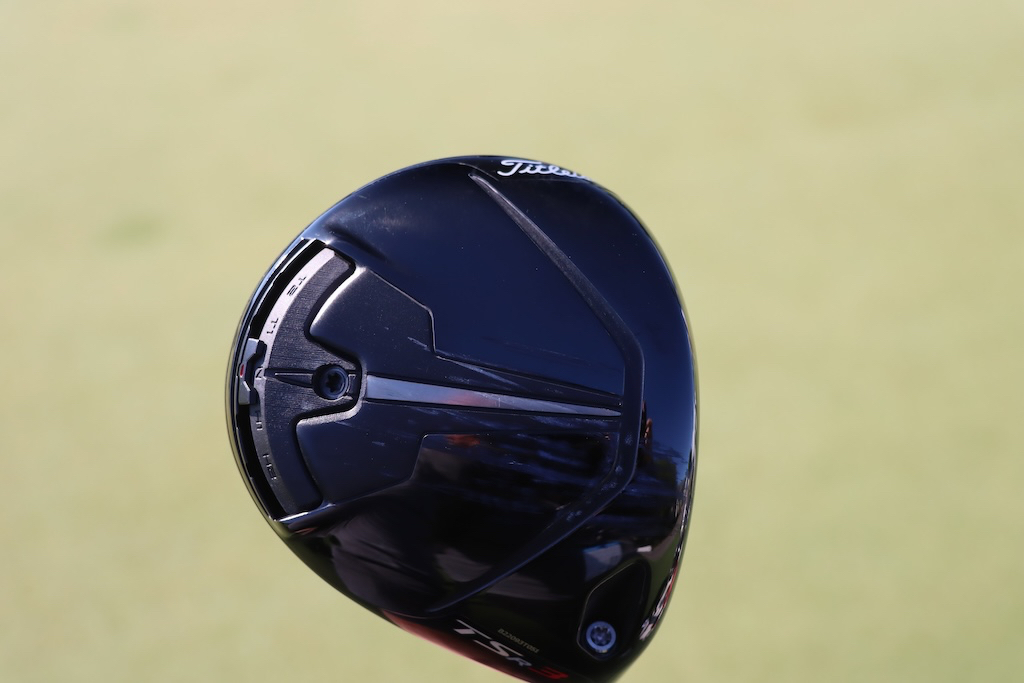

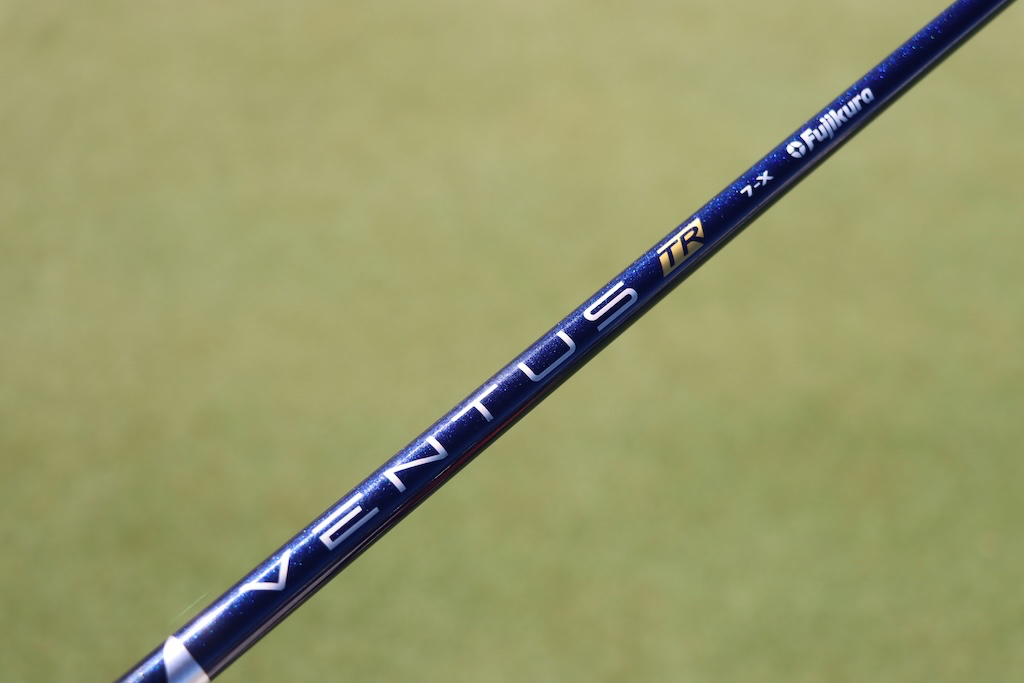

Kevin Streelman
Driver: Titleist TSR3 (10 degrees, D1 SureFit setting)
Shaft: Fujikura Ventus TR Black 6 X
Grip: Golf Pride Tour Velvet
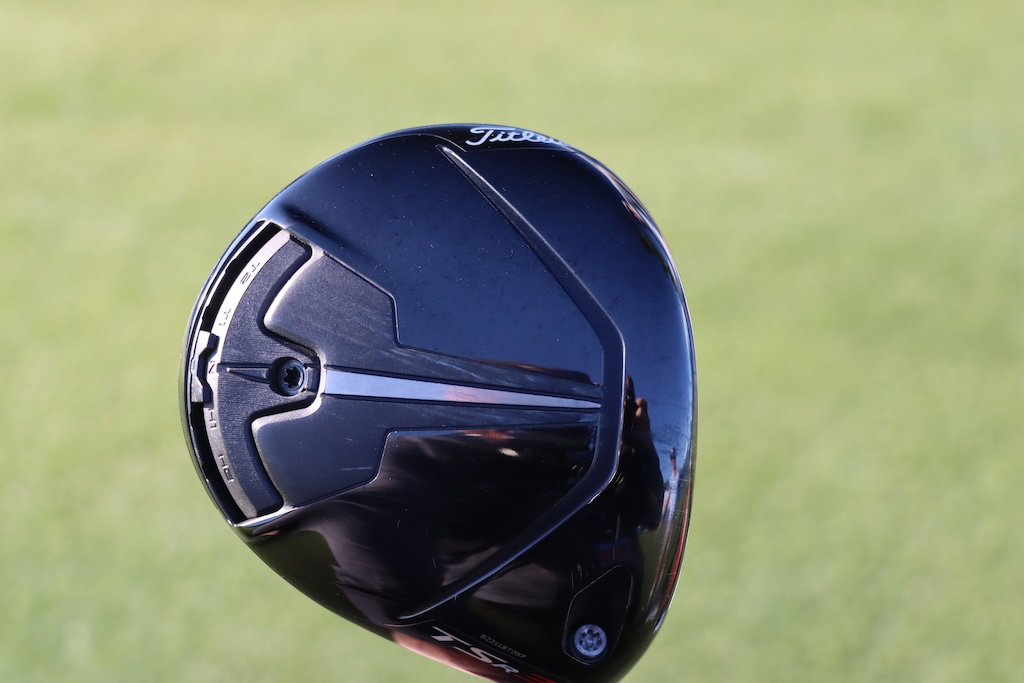



Sang-moon Bae
Driver: Callaway Paradym Triple Diamond (9+ @8)
Shaft: Fujikura Ventus Blue 6 X
Grip: Golf Pride Tour Velvet
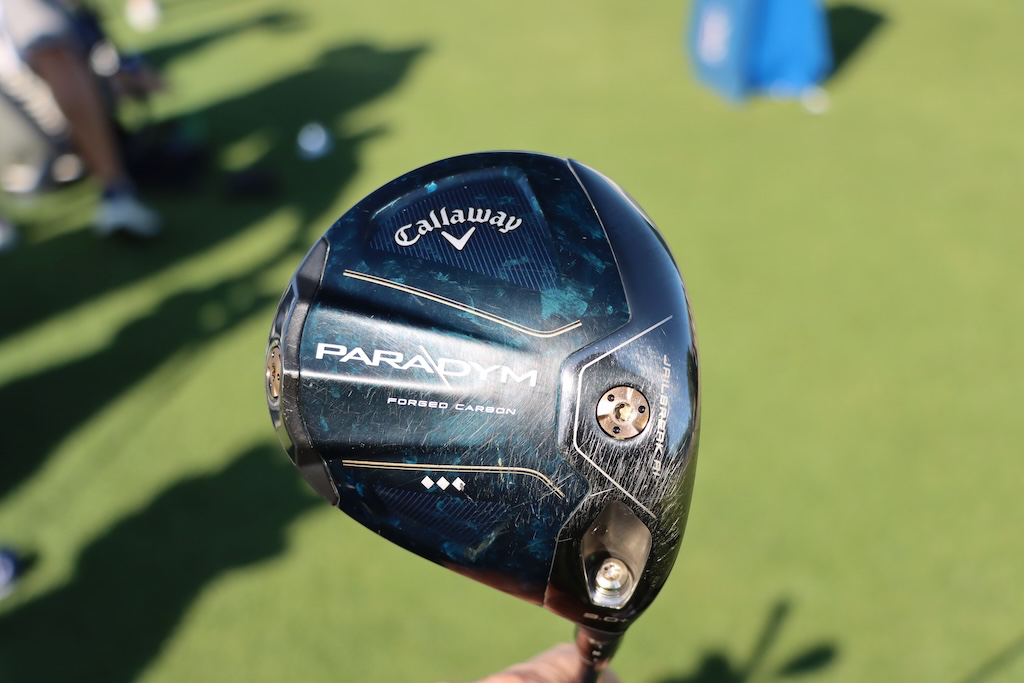
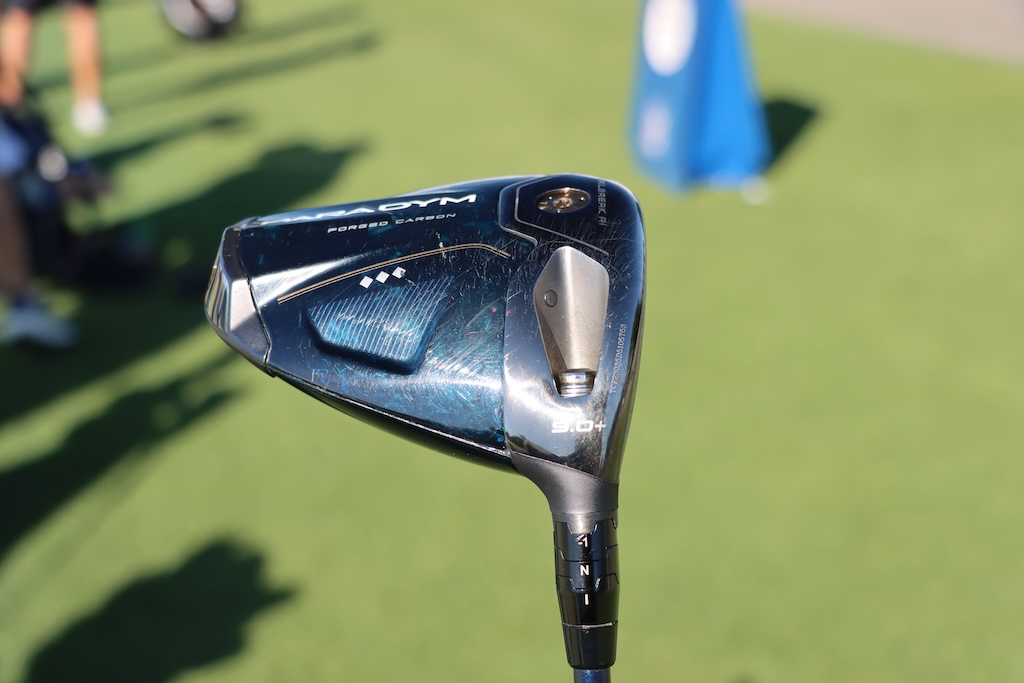
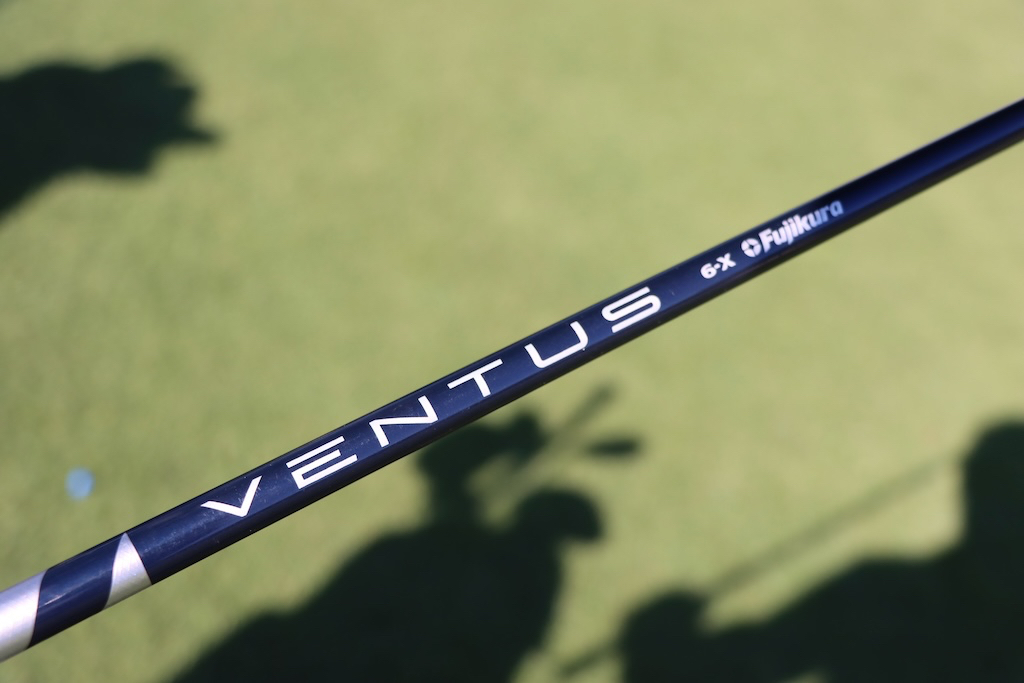
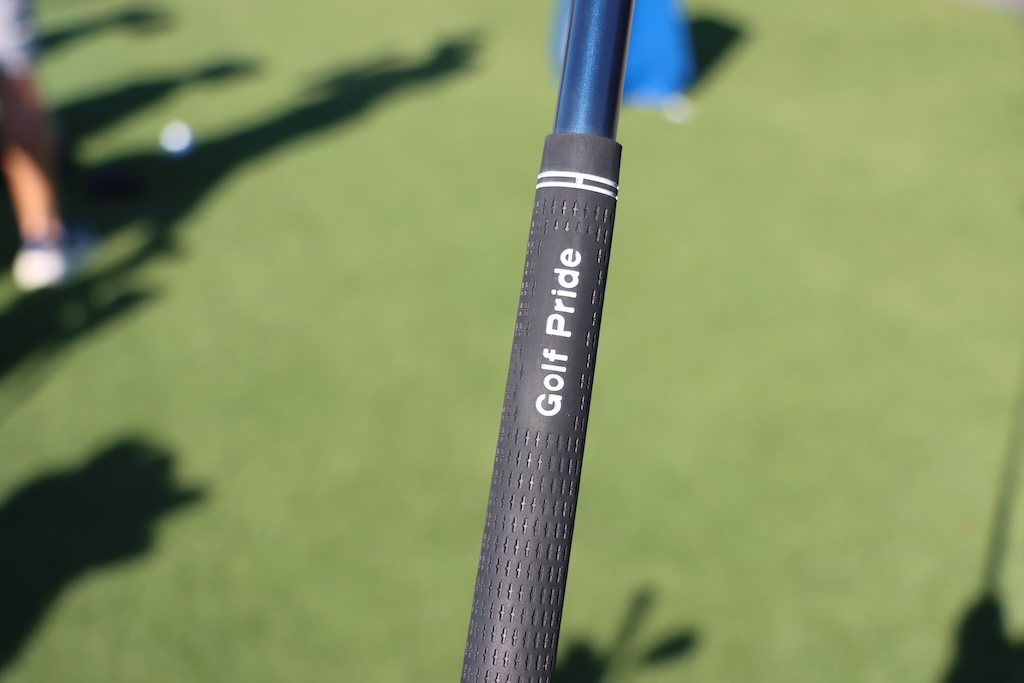
Russ Cochran
Driver: Callaway Paradym Ai Smoke (9 degrees)
Shaft: Graphite Design Tour AD TP 6 X
Grip: Golf pride MCC Align 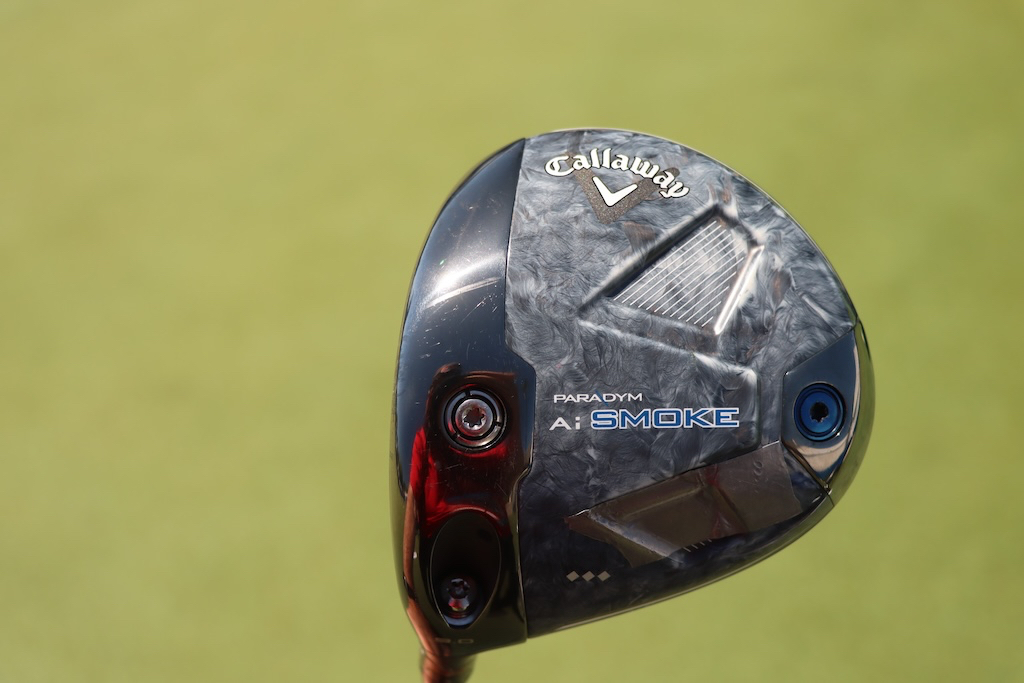
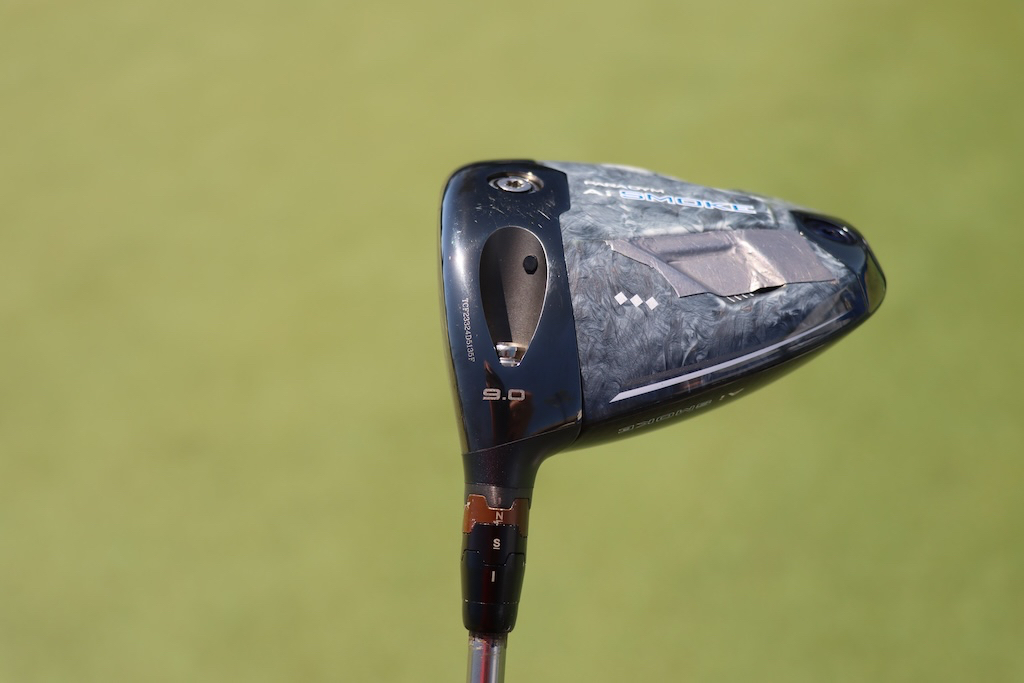

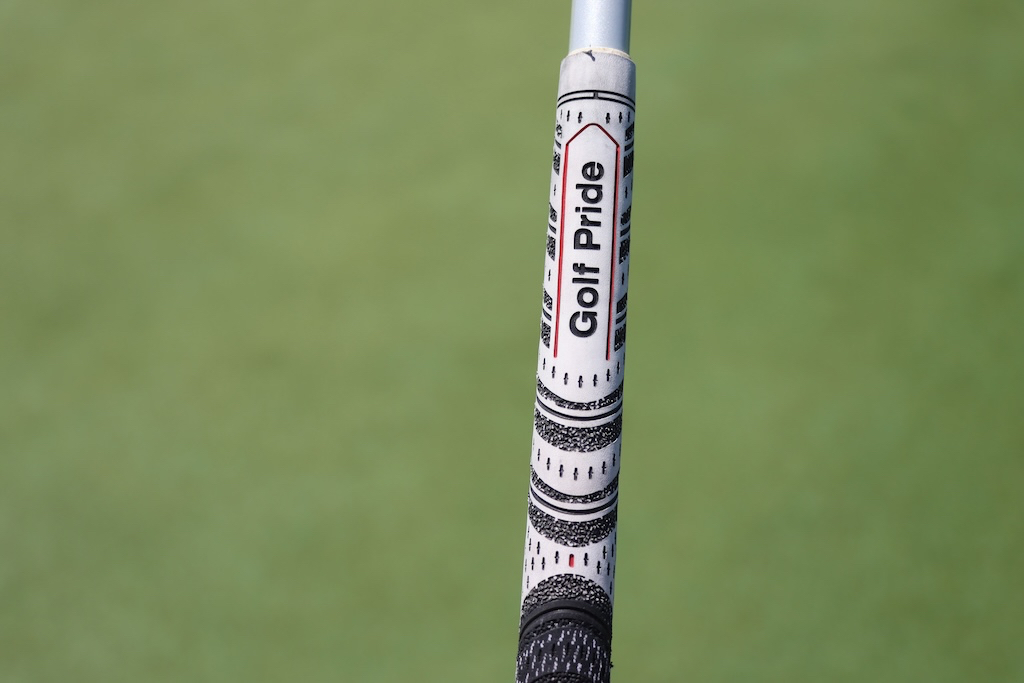
MJ Daffue
Driver: Callaway Paradym Ai Smoke Max (10.5 degrees @9.5)
Shaft: Project X HZRDUS Smoke Green RDX 65 TX
Grip: Golf Pride ZGrip Cord Align
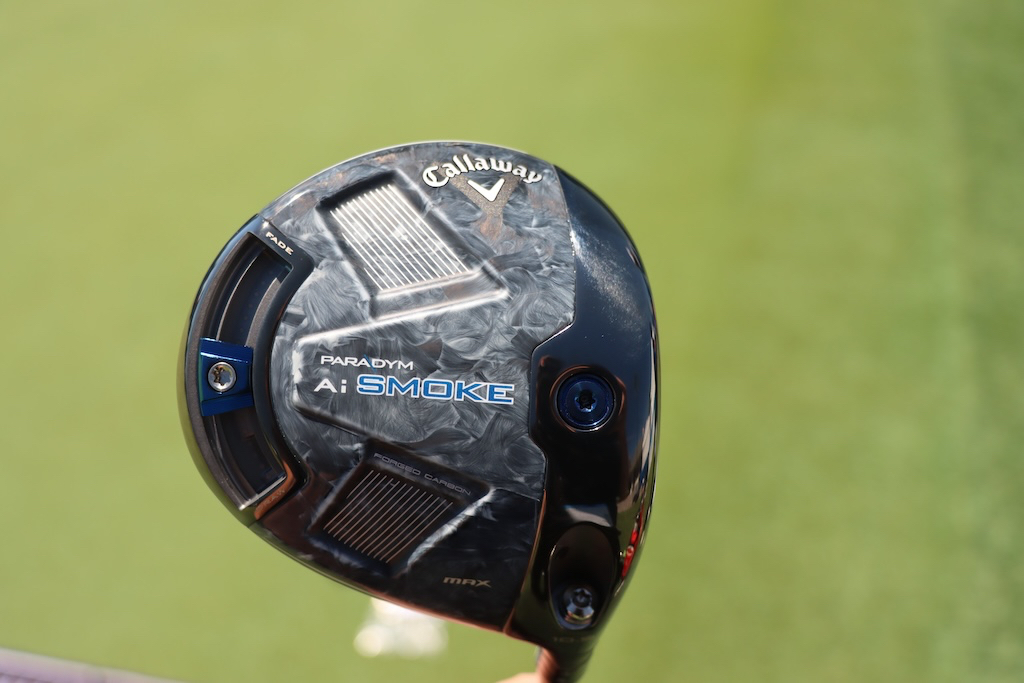

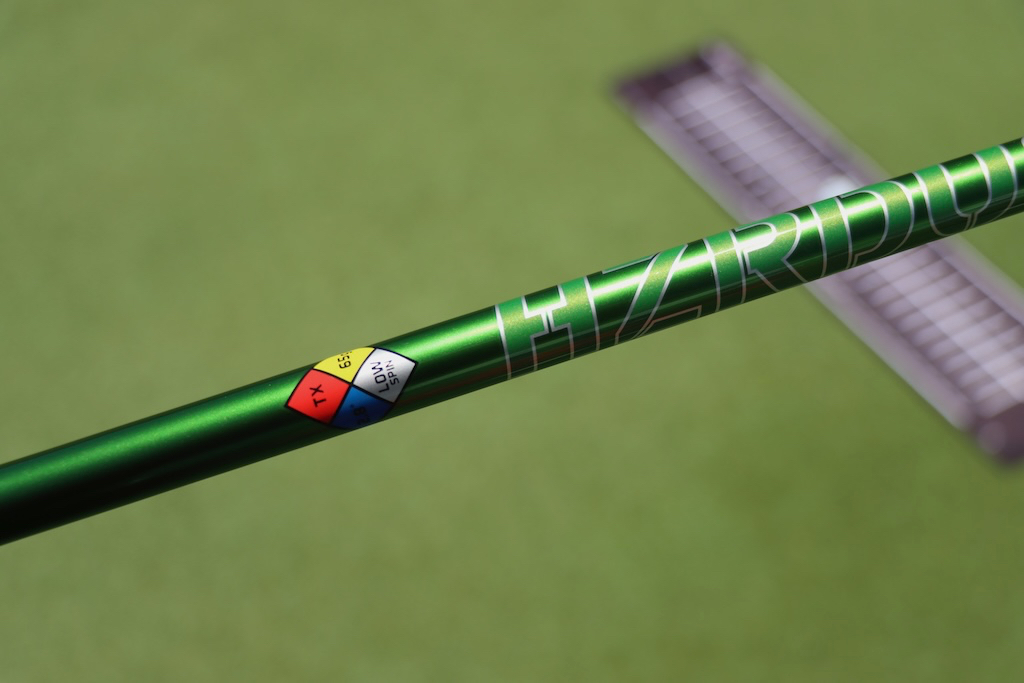
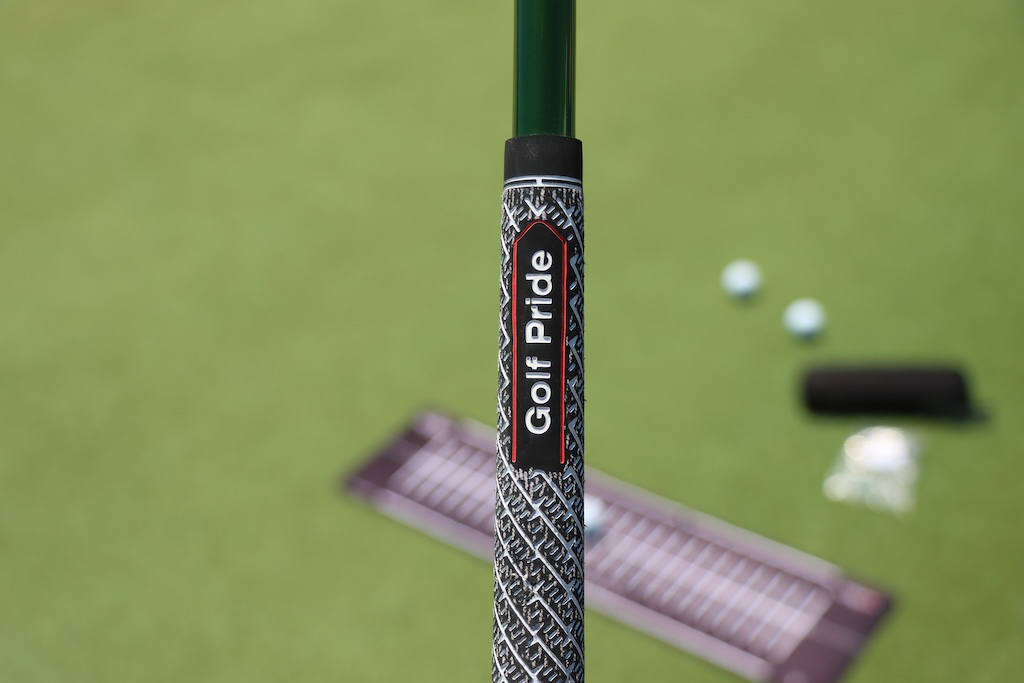
Check our more photos from the Zurich Classic here.
- LIKE1
- LEGIT0
- WOW0
- LOL0
- IDHT0
- FLOP0
- OB0
- SHANK1
Whats in the Bag
Rasmus Højgaard WITB 2024 (April)
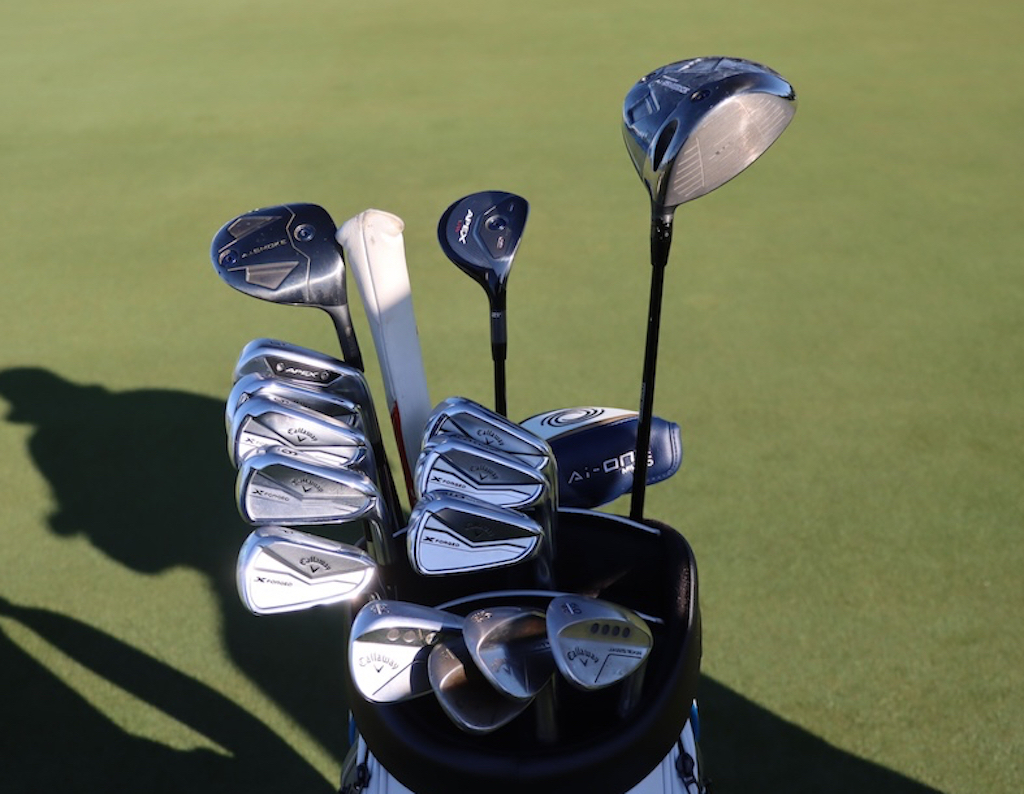
- Rasmus Højgaard what’s in the bag accurate as of the Zurich Classic.
Driver: Callaway Ai Smoke Triple Diamond (10.5 degrees)
Shaft: Mitsubishi Tensei 1K Blue 60 TX
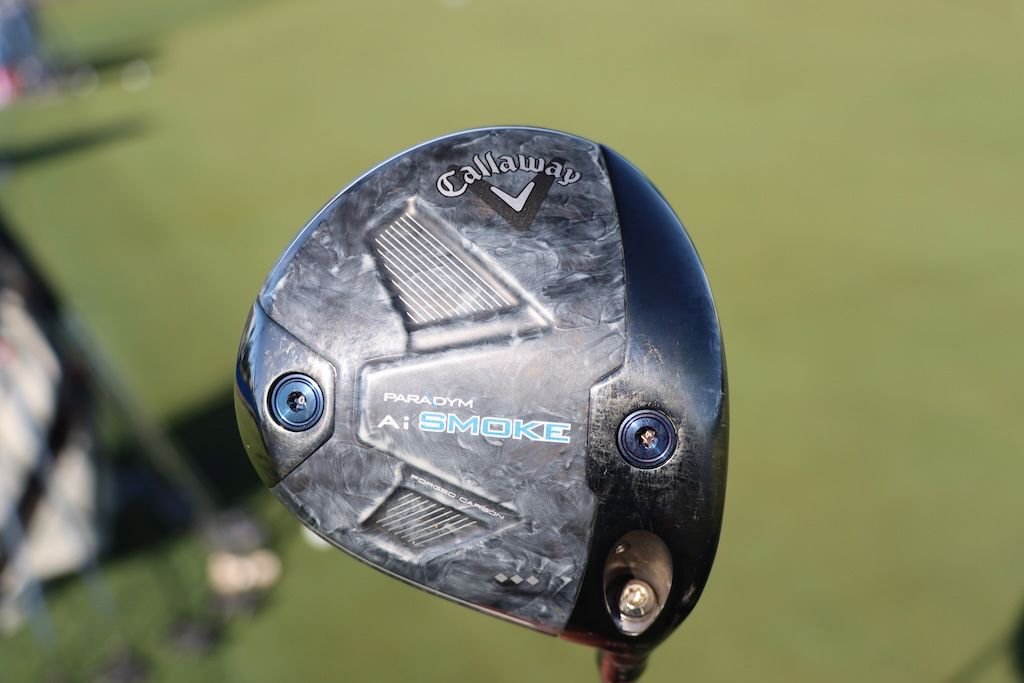
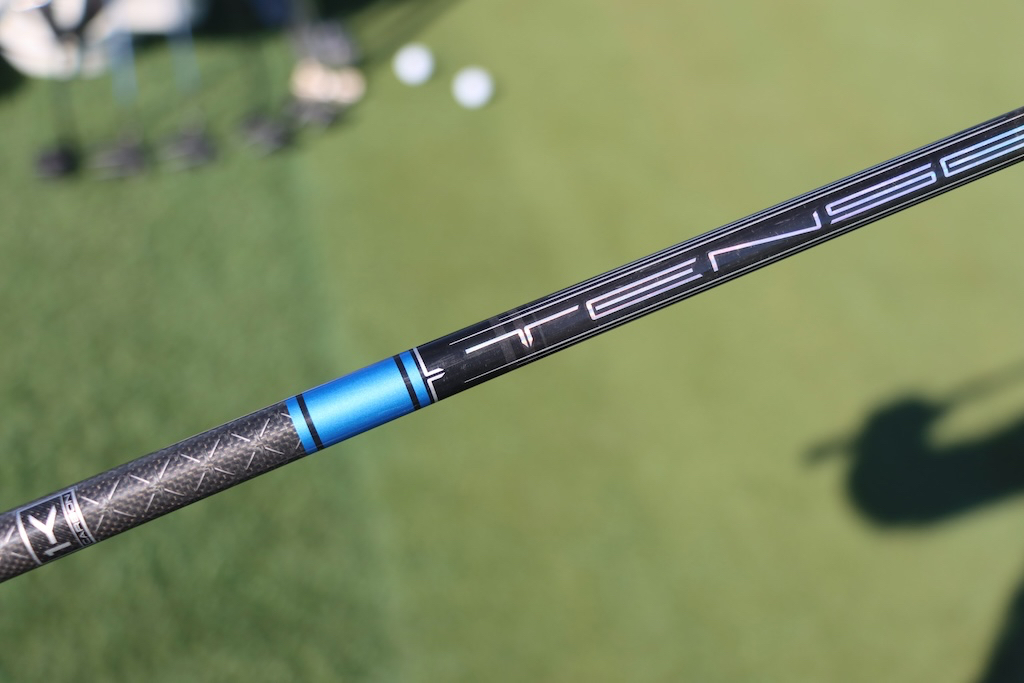
3-wood: Callaway Ai Smoke Triple Diamond Prototype (16.5 degrees)
Shaft: Mitsubishi Tensei 1K White 80 TX
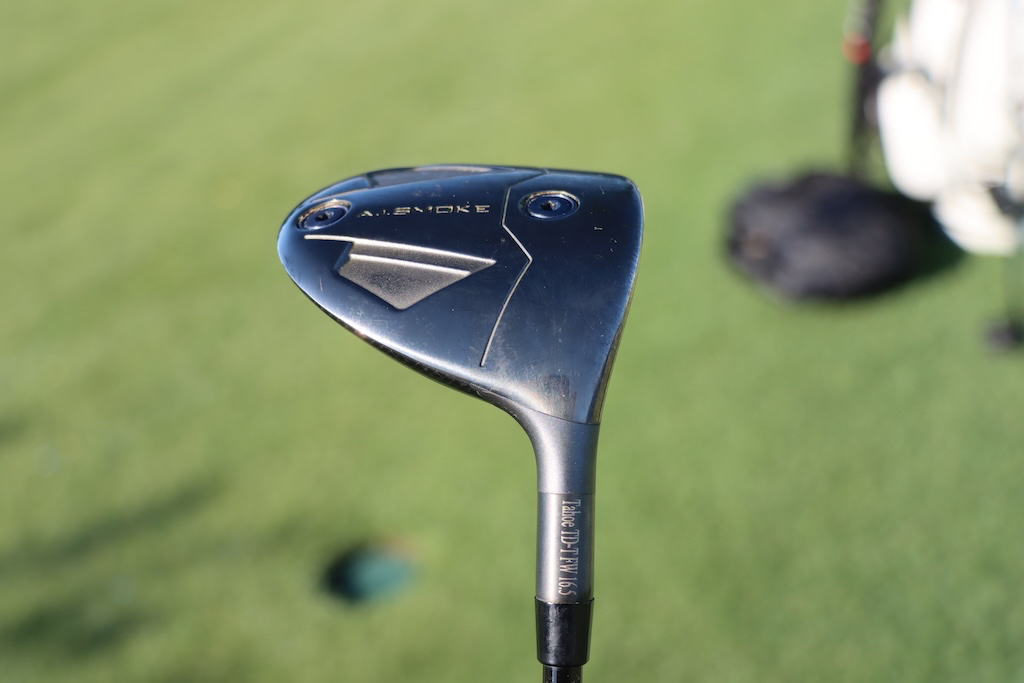
Utility: Callaway Apex UW (21 degrees)
Shaft: Mitsubishi Tensei AV Raw White 85 TX
Irons: Callaway Apex Pro (3), Callaway X Forged (4-PW)
Shafts: KBS $-Taper 130
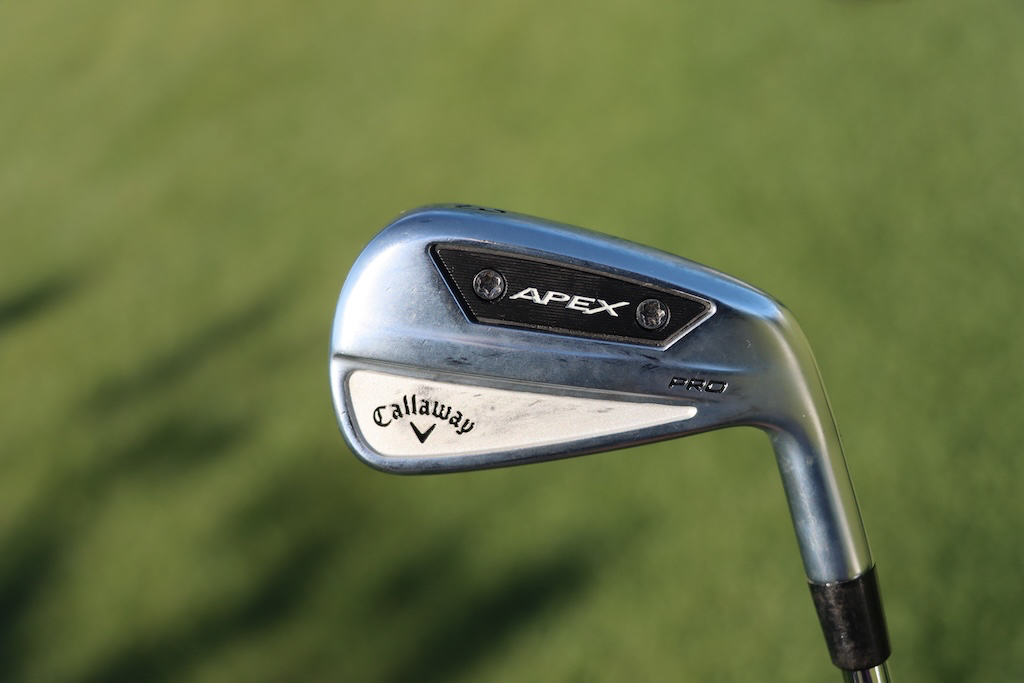
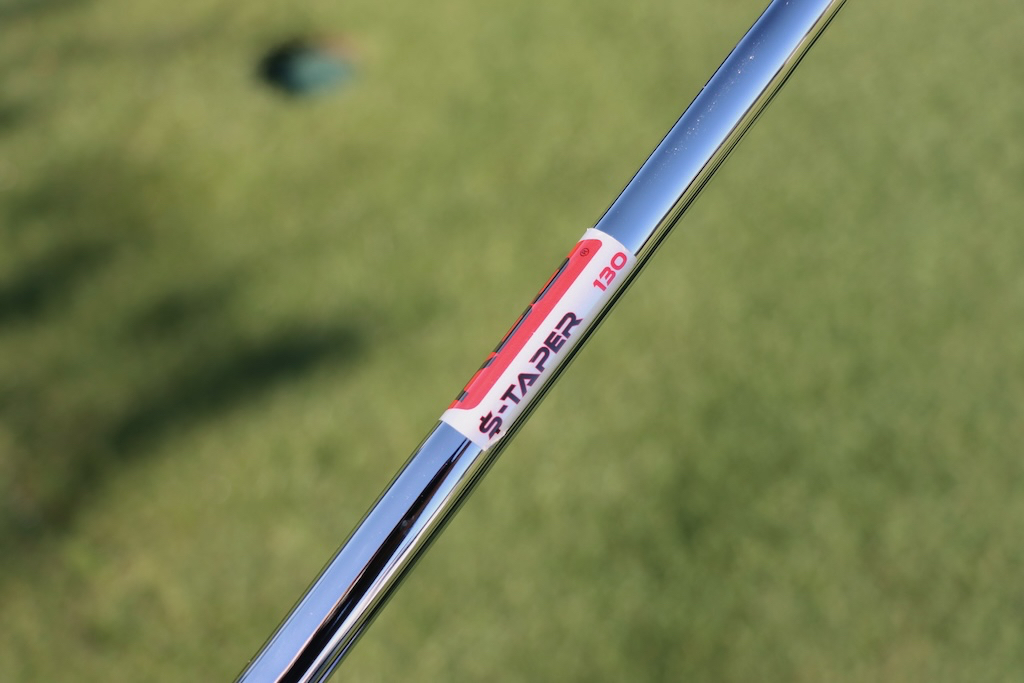
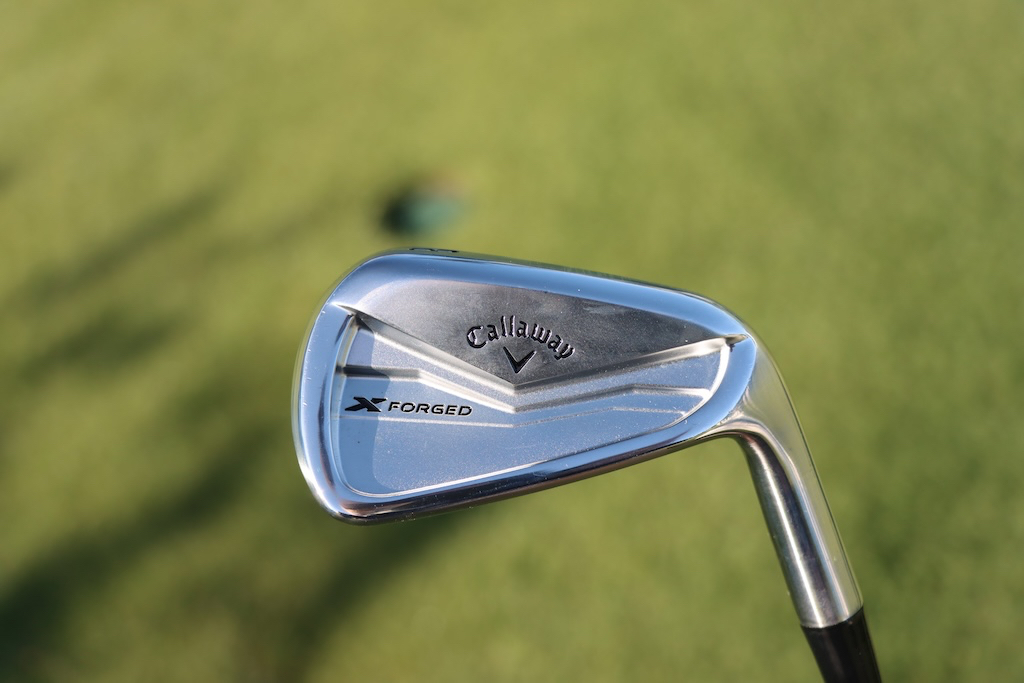
Wedges: Callaway Jaws Raw (52-10S, 56-10S, 60-06C)
Shafts: KBS Tour 130 X
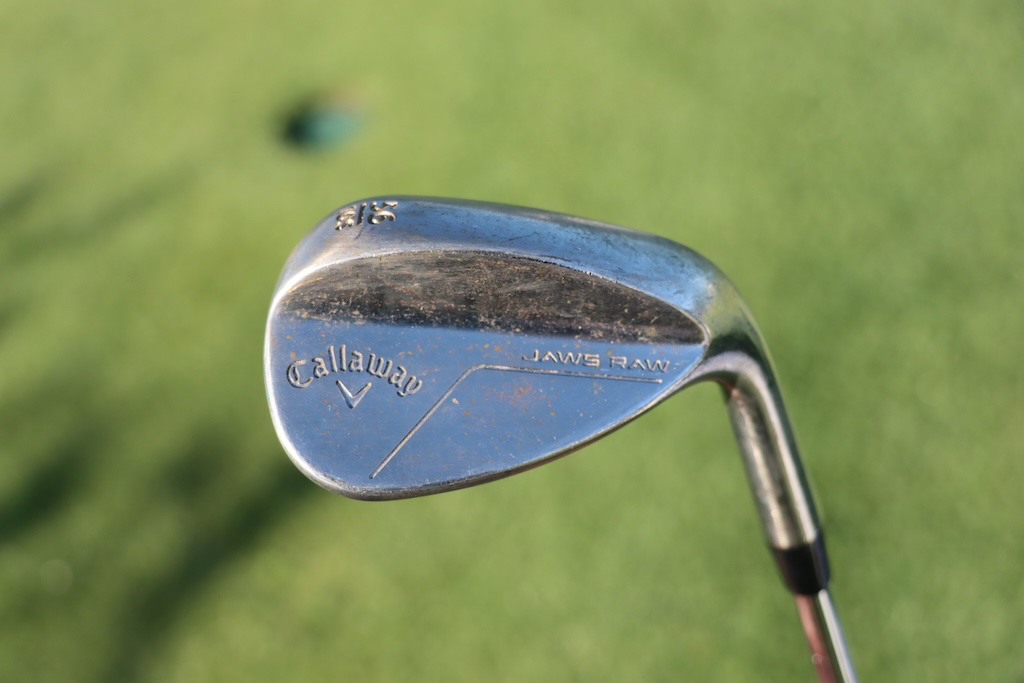
Putter: Odyssey Ai One Milled Eight T DB
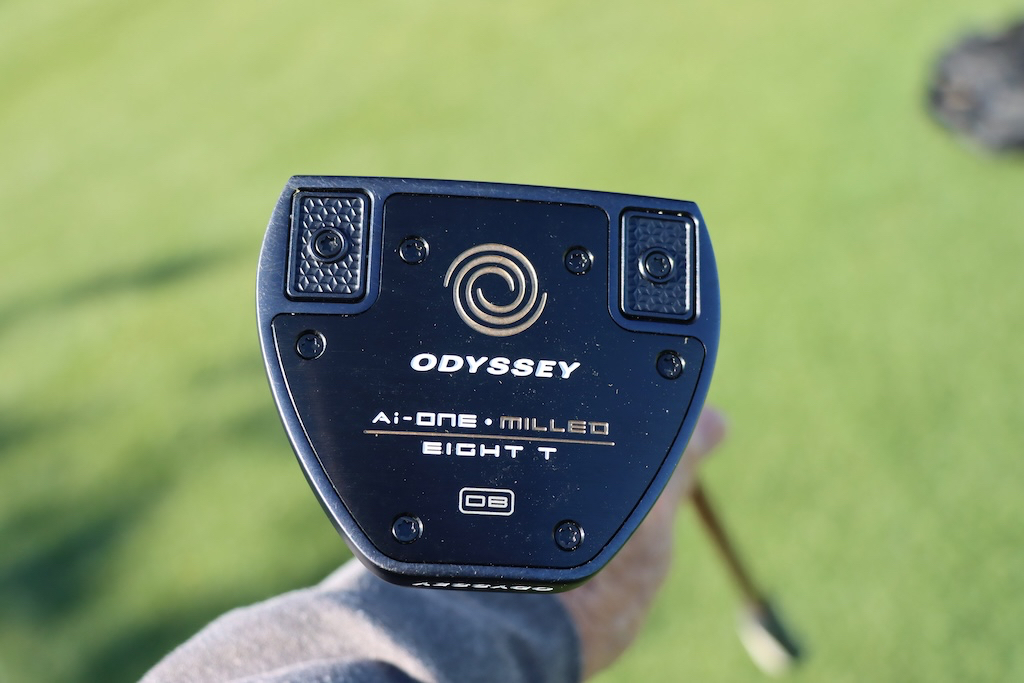
Grips: Golf Pride MCC
Check out more in-hand photos of Hojgaard in the forums.
- LIKE3
- LEGIT1
- WOW1
- LOL0
- IDHT0
- FLOP0
- OB0
- SHANK0
-

 19th Hole2 weeks ago
19th Hole2 weeks agoDave Portnoy places monstrous outright bet for the 2024 Masters
-

 19th Hole3 days ago
19th Hole3 days agoJustin Thomas on the equipment choice of Scottie Scheffler that he thinks is ‘weird’
-

 19th Hole2 weeks ago
19th Hole2 weeks agoTiger Woods arrives at 2024 Masters equipped with a putter that may surprise you
-

 19th Hole3 days ago
19th Hole3 days ago‘Absolutely crazy’ – Major champ lays into Patrick Cantlay over his decision on final hole of RBC Heritage
-

 19th Hole3 weeks ago
19th Hole3 weeks agoReport: Tiger Woods has ‘eliminated sex’ in preparation for the 2024 Masters
-

 19th Hole1 week ago
19th Hole1 week agoTwo star names reportedly blanked Jon Rahm all week at the Masters
-

 19th Hole1 week ago
19th Hole1 week agoReport: LIV Golf identifies latest star name they hope to sign to breakaway tour
-

 19th Hole1 week ago
19th Hole1 week agoNeal Shipley presser ends in awkward fashion after reporter claims Tiger handed him note on 8th fairway

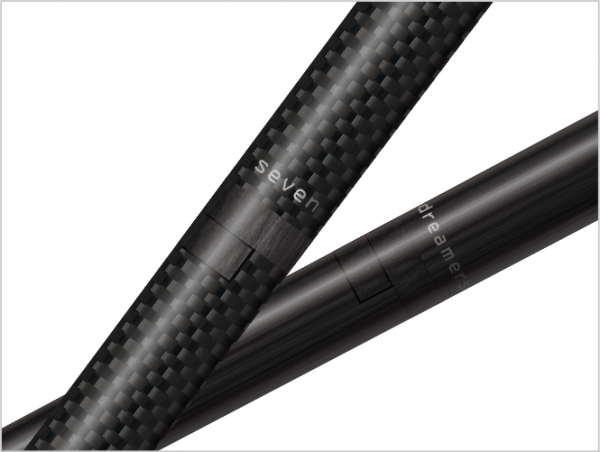














ogo
Jul 21, 2018 at 1:42 am
****FANTASTICO****
Ed
Jan 31, 2018 at 1:14 pm
There you have it fellow gearheads…. oven-baked graphite shafts are inferior to autoclave cured shafts because there is too much ‘plastic’ resin in the inferior shafts. Carbon graphite is a metal and has the dynamic properties of steel shafts less the weight.
Cheap graphite shafts have inconsistent dynamic properties, particularly in the tip section during final release when the shaft is whip-snapping… drooping, torquing and recovering. One graphite manufacturer blends steel strands into their shafts. Steel is the gold standard and graphite shafts are soggy and floppy going through impact.
That’s why tour pros prefer heavier weight shafts because the very low weight shafts were like spaghetti at high swing speeds.
You can get away with heavy graphite shafts for irons but not light weight shafts for drivers. Light weight graphite shafts are adequate for slower swing speed recreational golfers, not for pros.
OB
Feb 1, 2018 at 11:12 am
Does that mean gearhead’s clubs are fitted with inferior epoxy-filled shafts that are unstable and ruin their swing release action? Pros use heavier weighted graphite shafts to compensate for shaft inconsistencies; shafts over 100 grams like Sadlowski using the 104 gram Nunchuk shaft mentioned in another WRX article.
Ed
Feb 3, 2018 at 2:41 am
Off your meds much. Conspiracy theory posts on almost every article and you reply to your own comments. Sad
OB
Feb 5, 2018 at 11:41 am
Where, oh where
Have the gear heads gone?
Where, oh where can they be?
With shirts cut long
And pants cut short
Where, oh where can they be?
I last saw them by the putting green
Playing and puttering around
But I just can’t see them anymore
They just can’t seem to be found
Perhaps the club pro over there will know
He may have seen them go by
But who knows where
They might have decided to go away
But we’ve got to give it a try